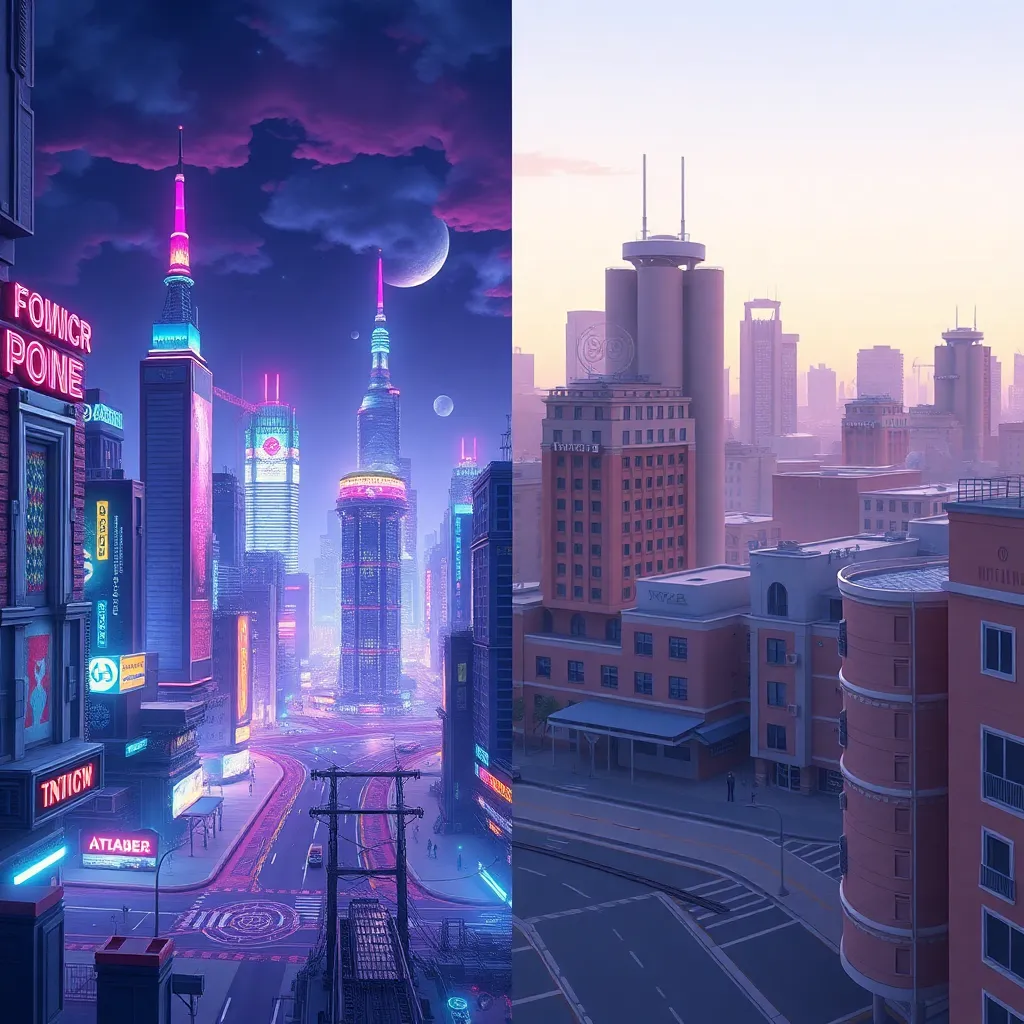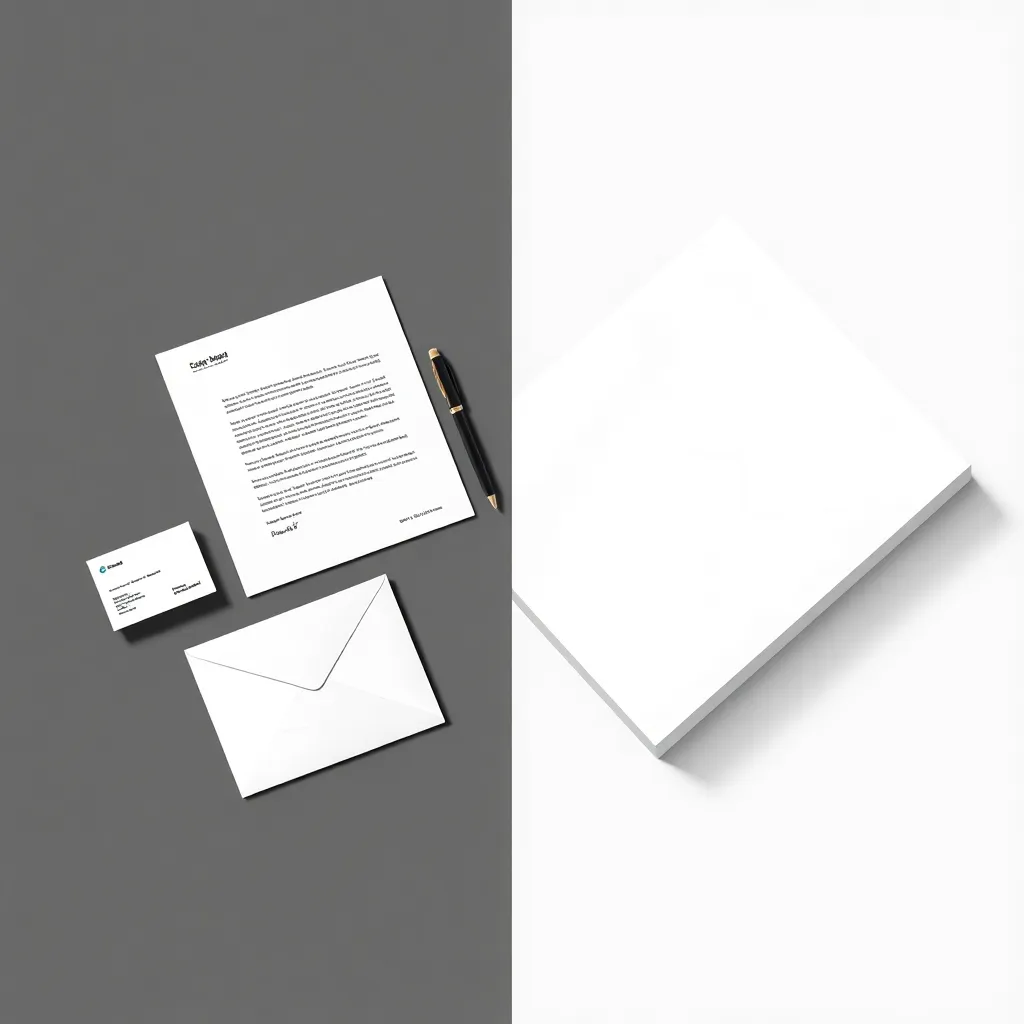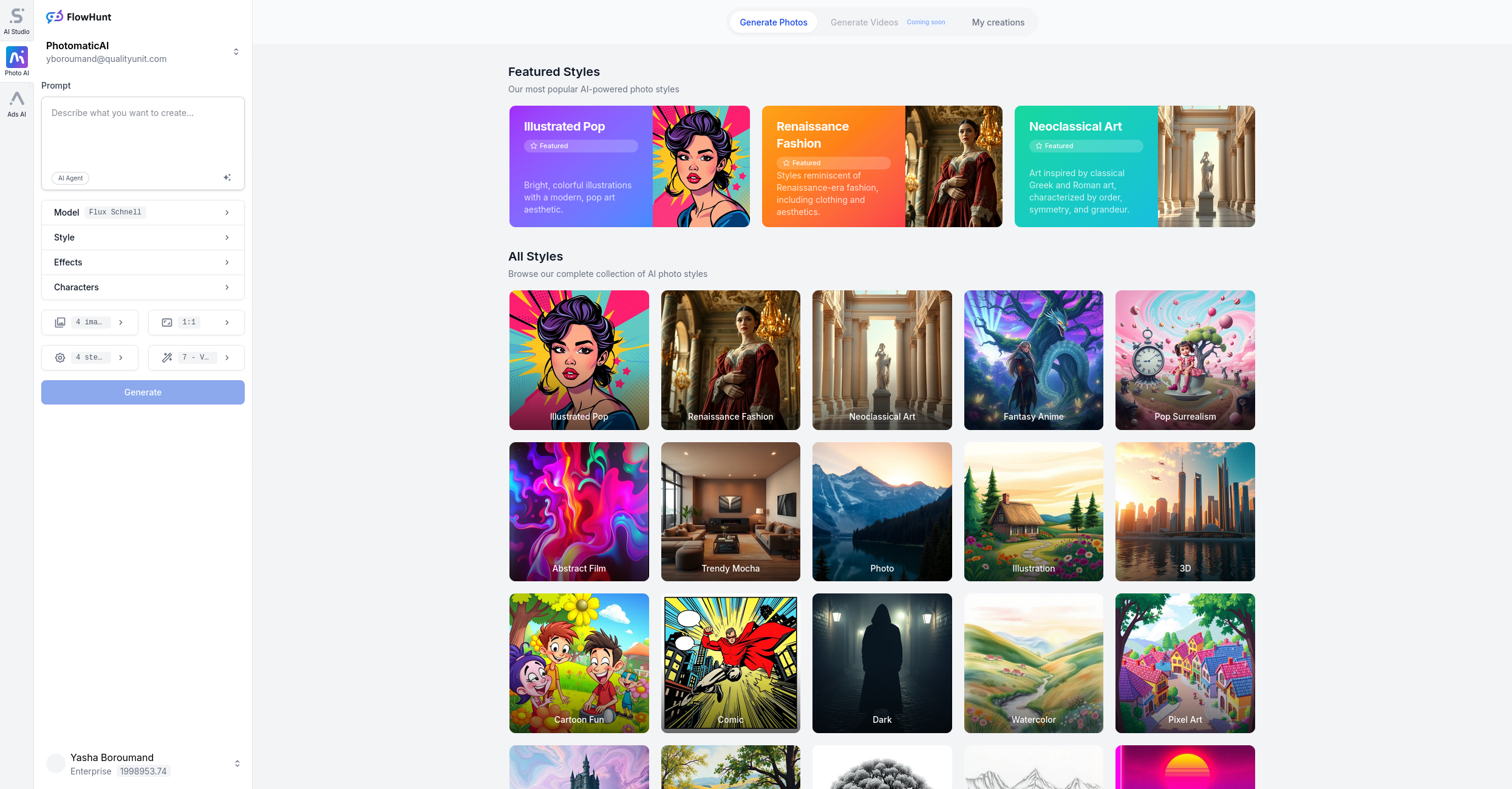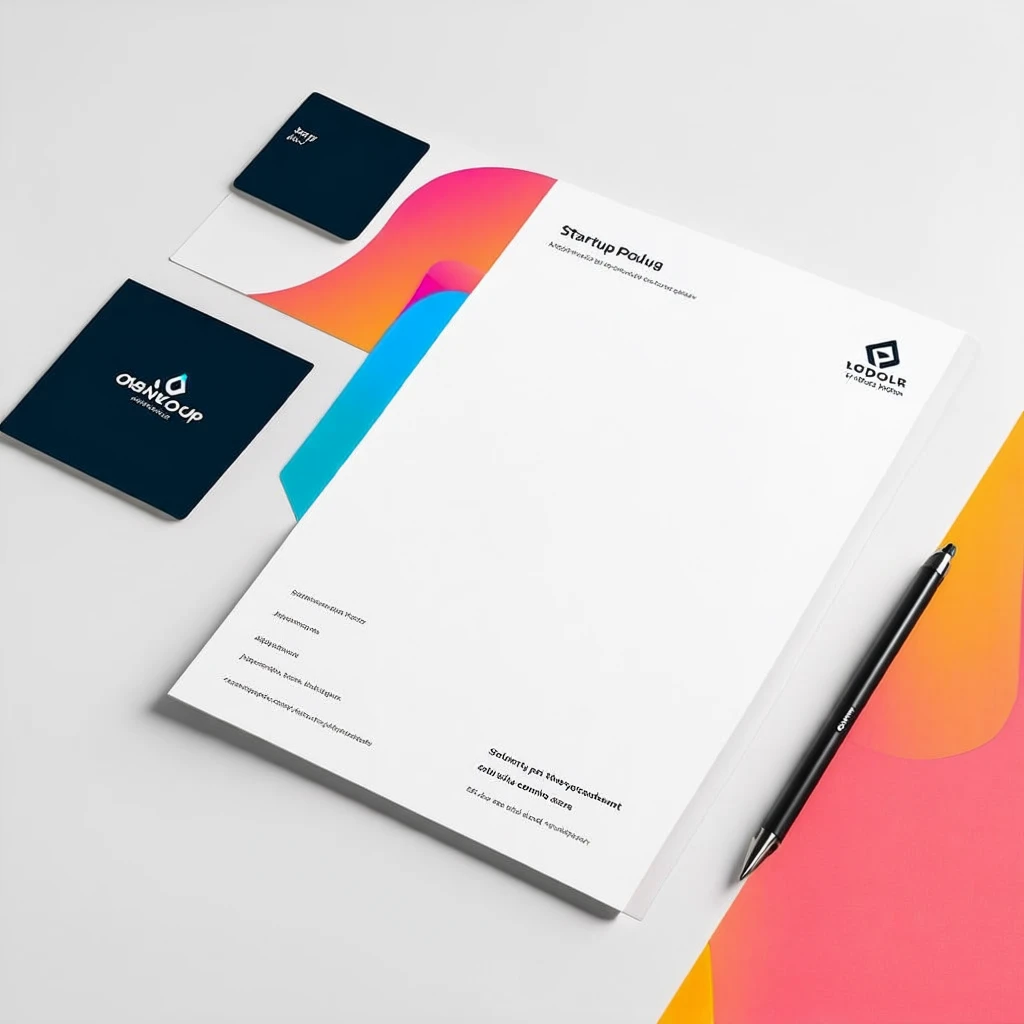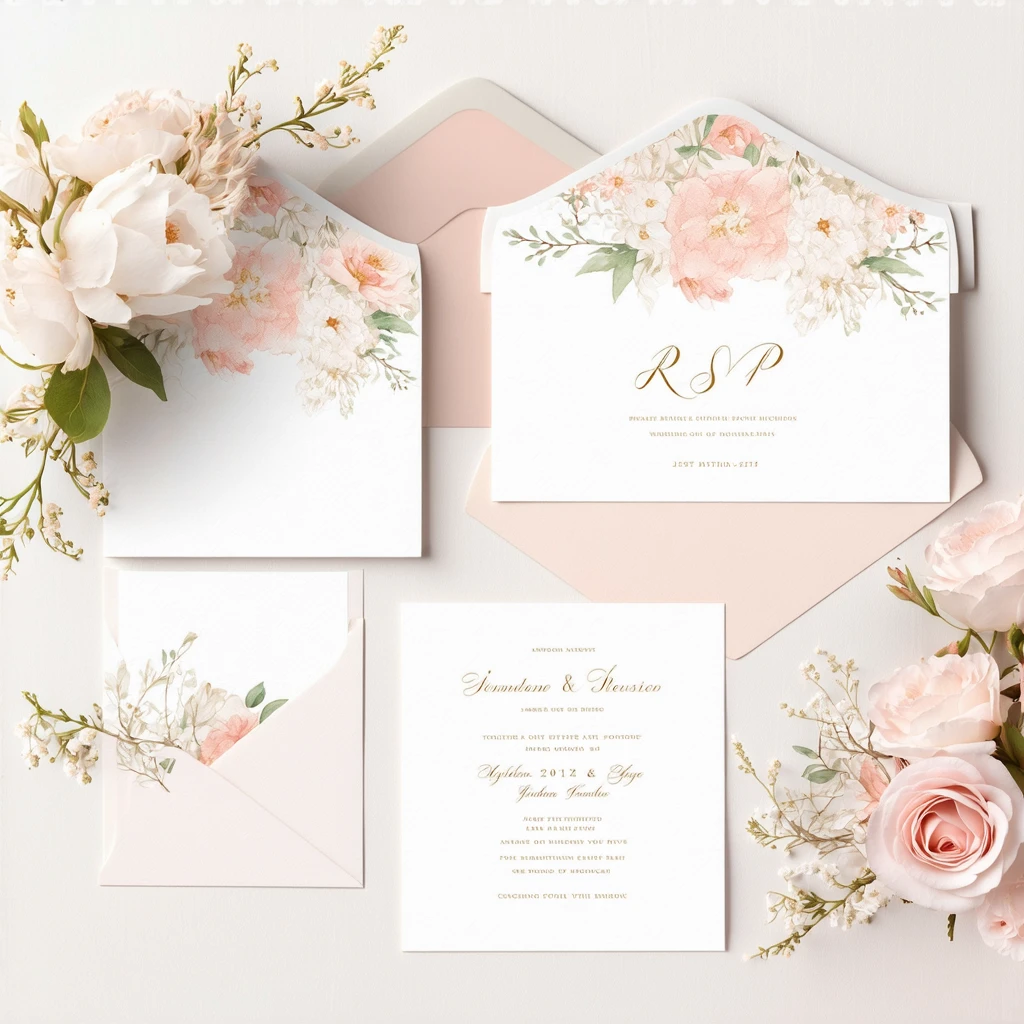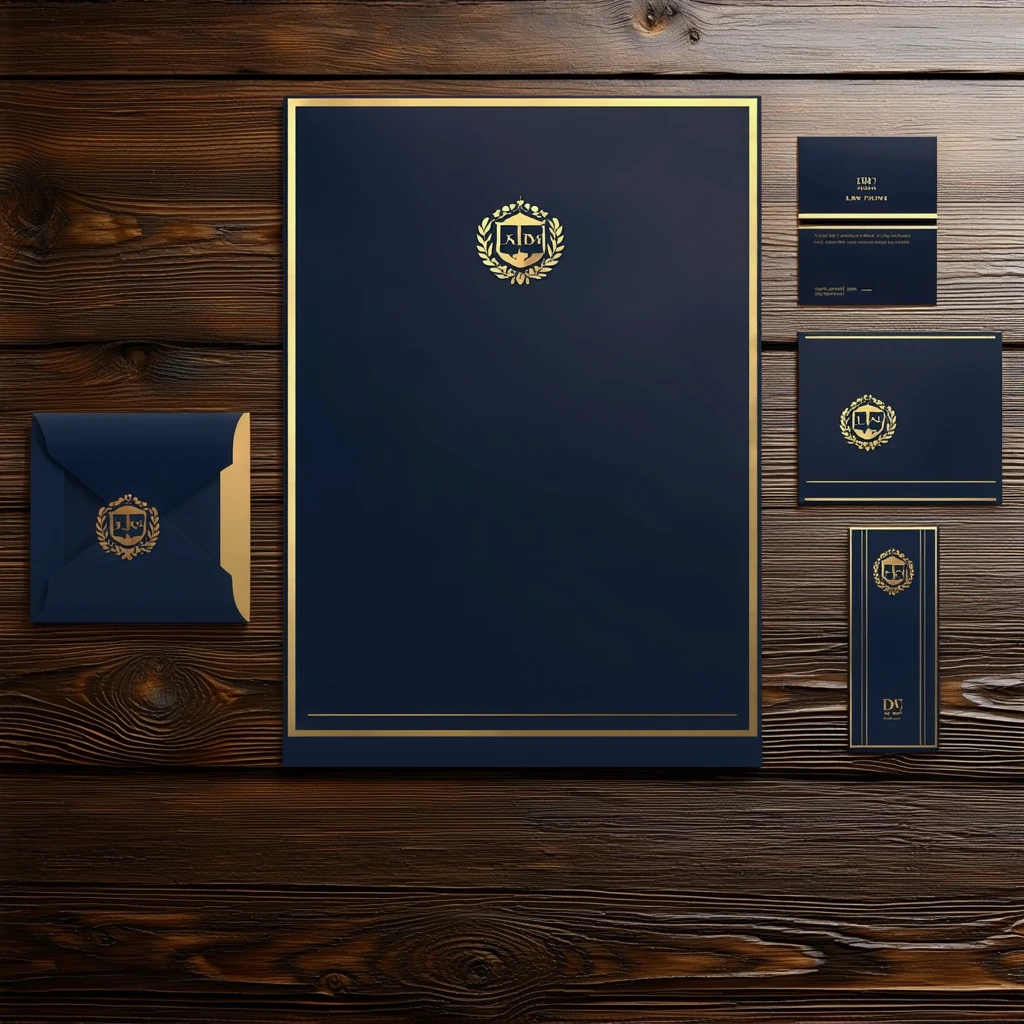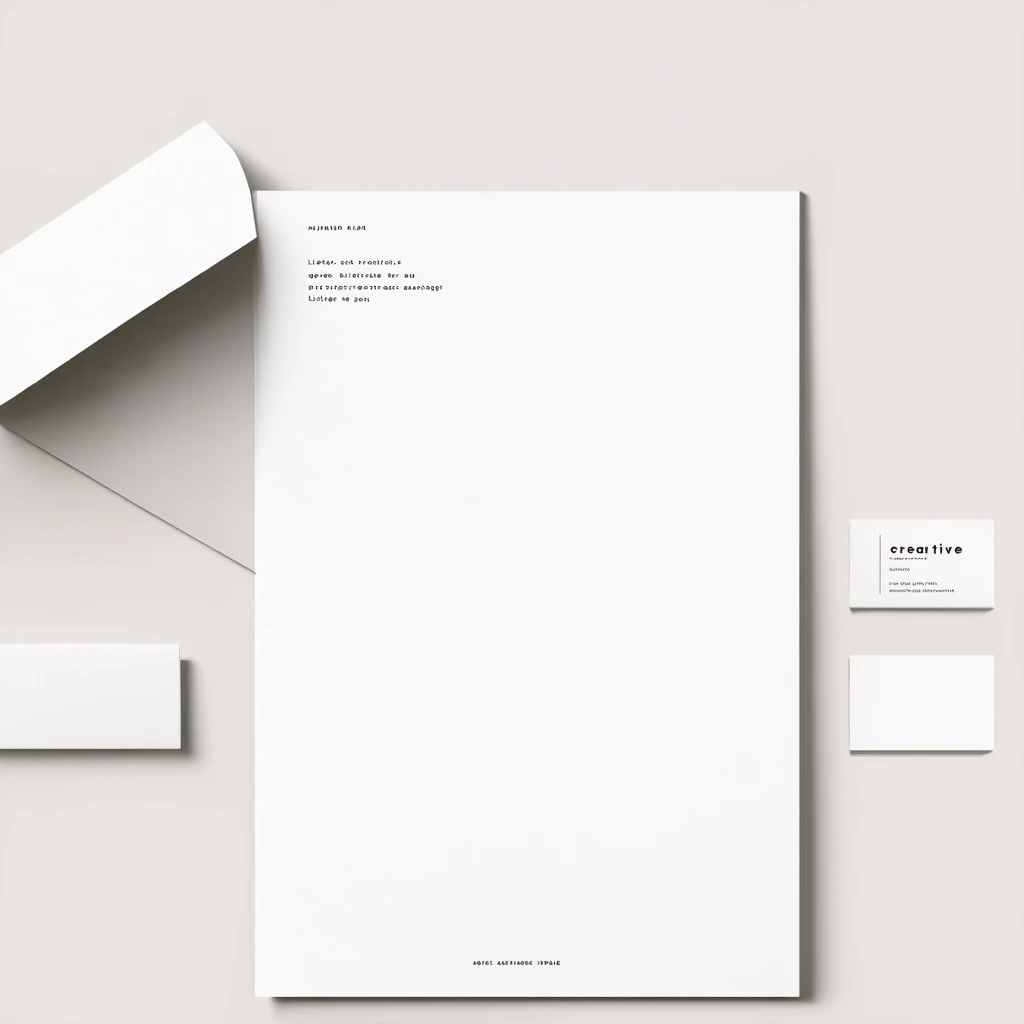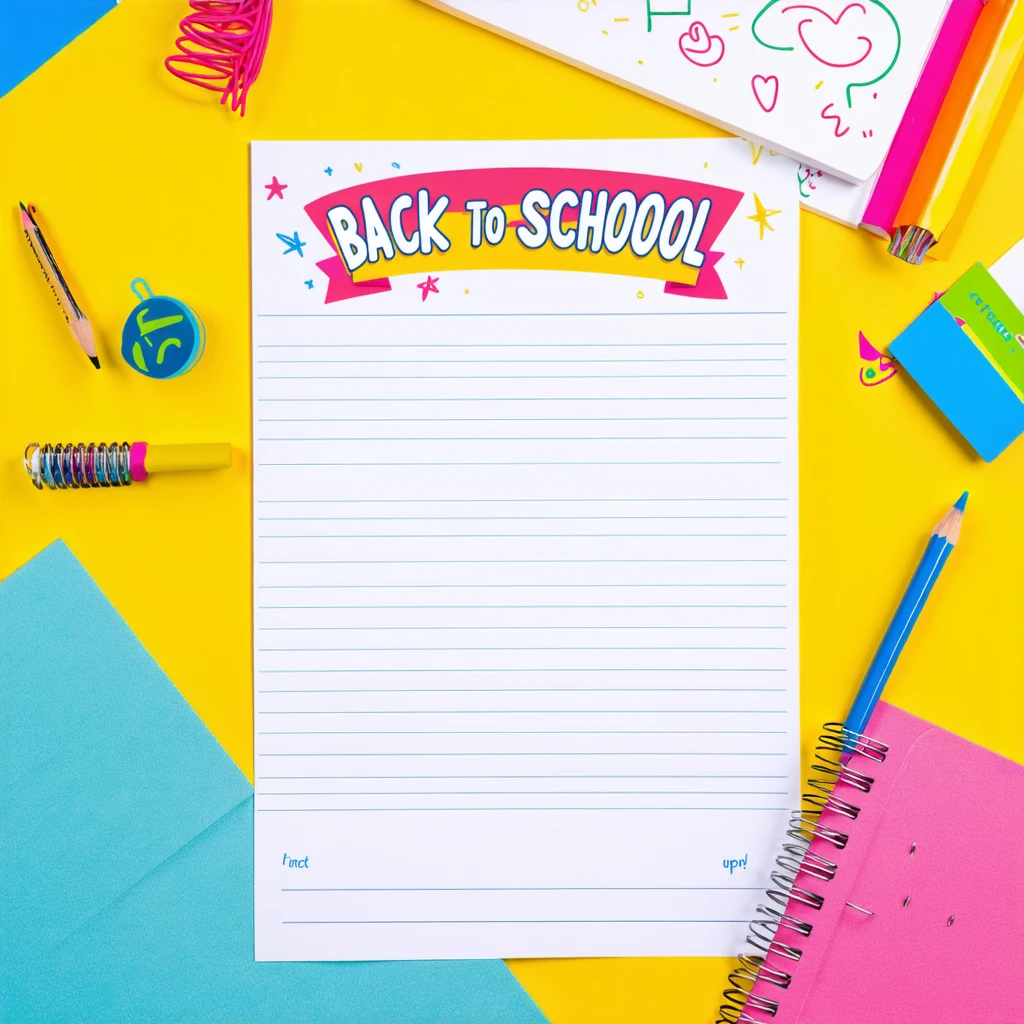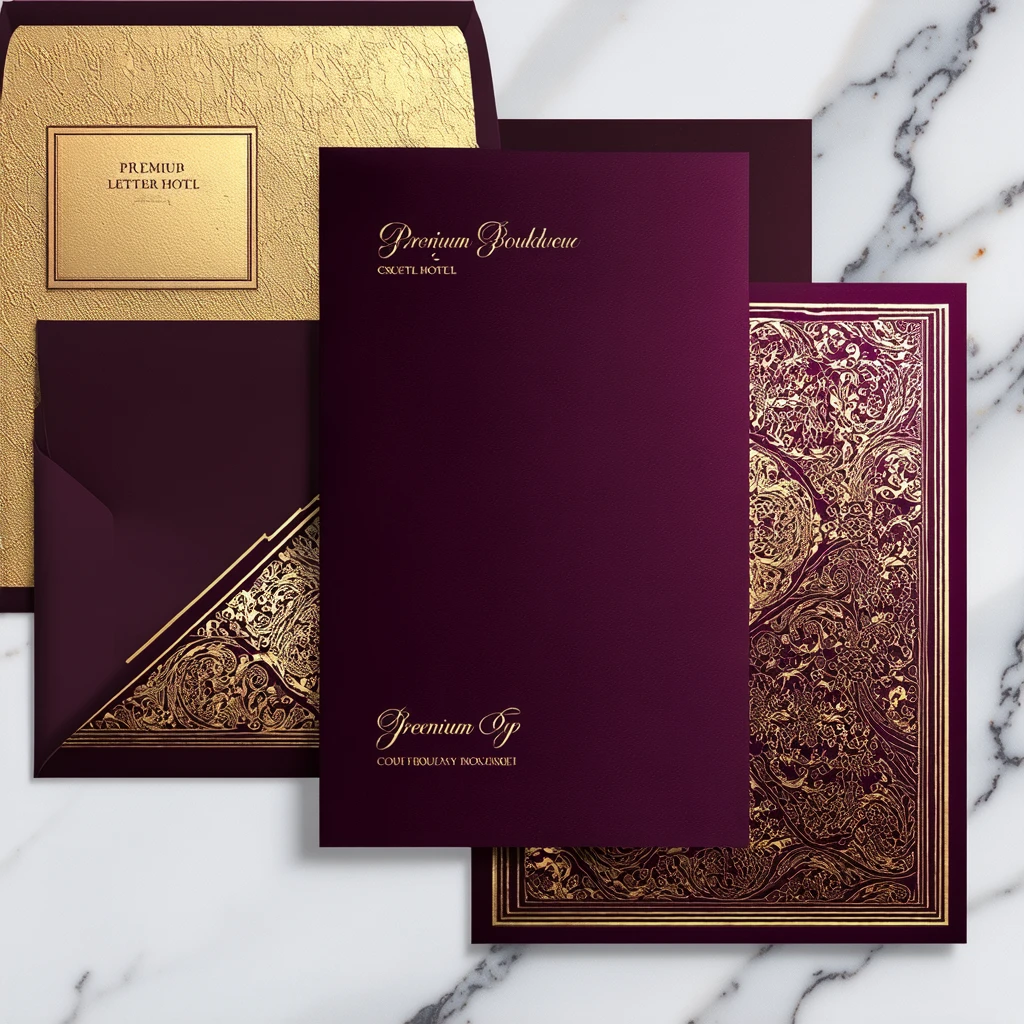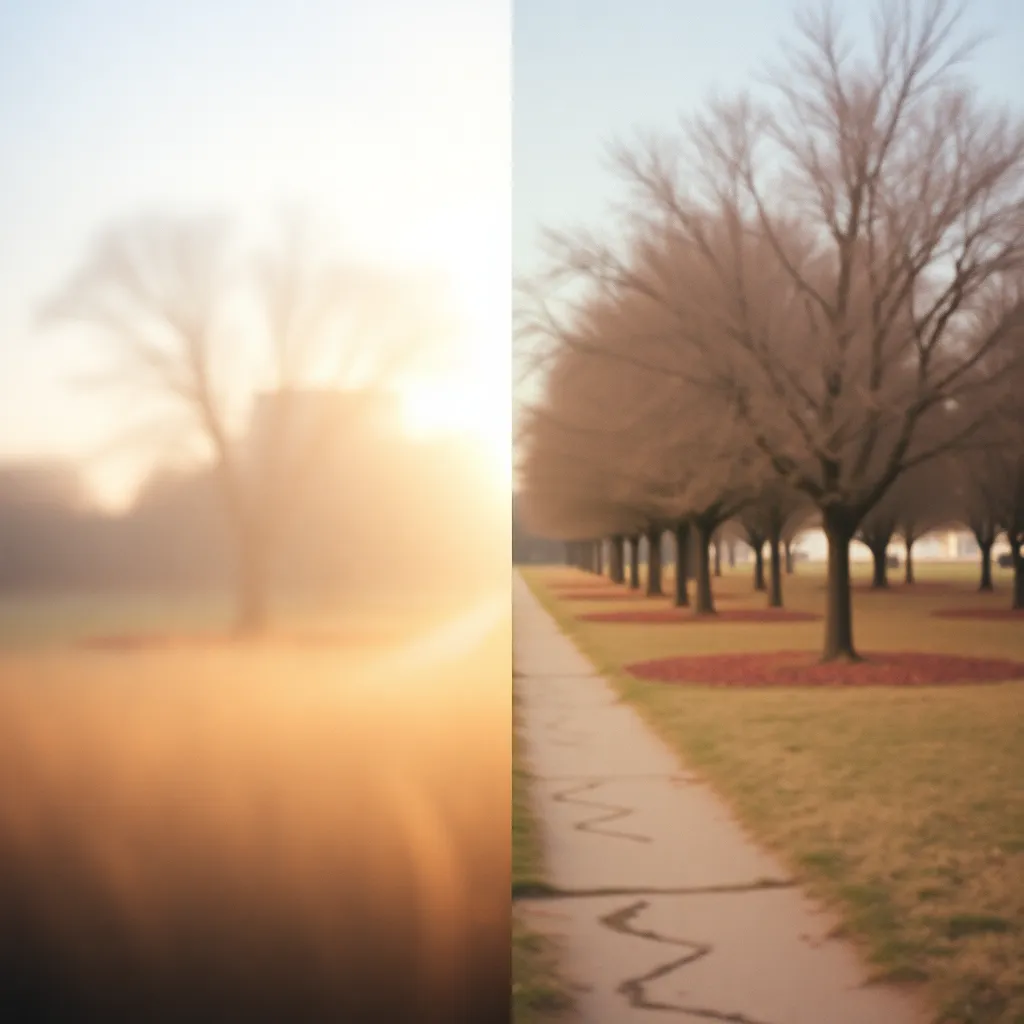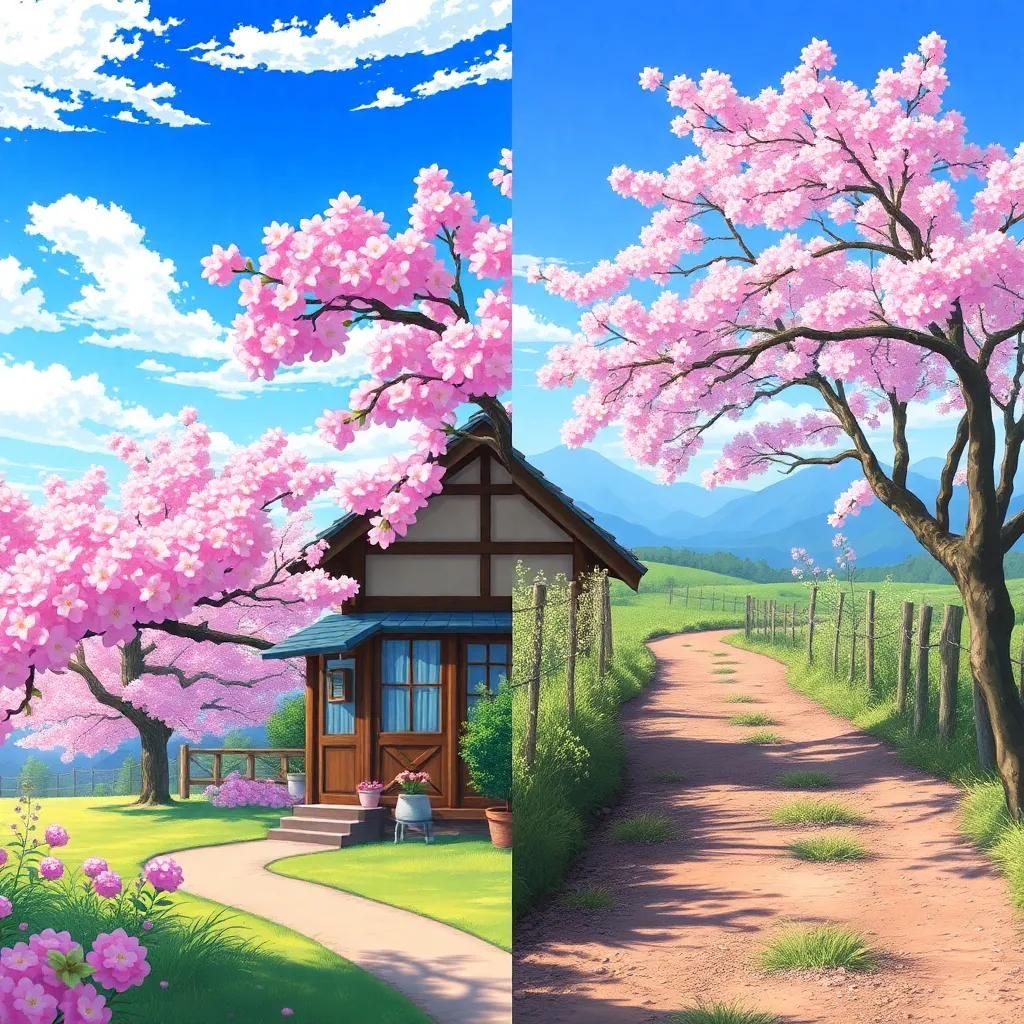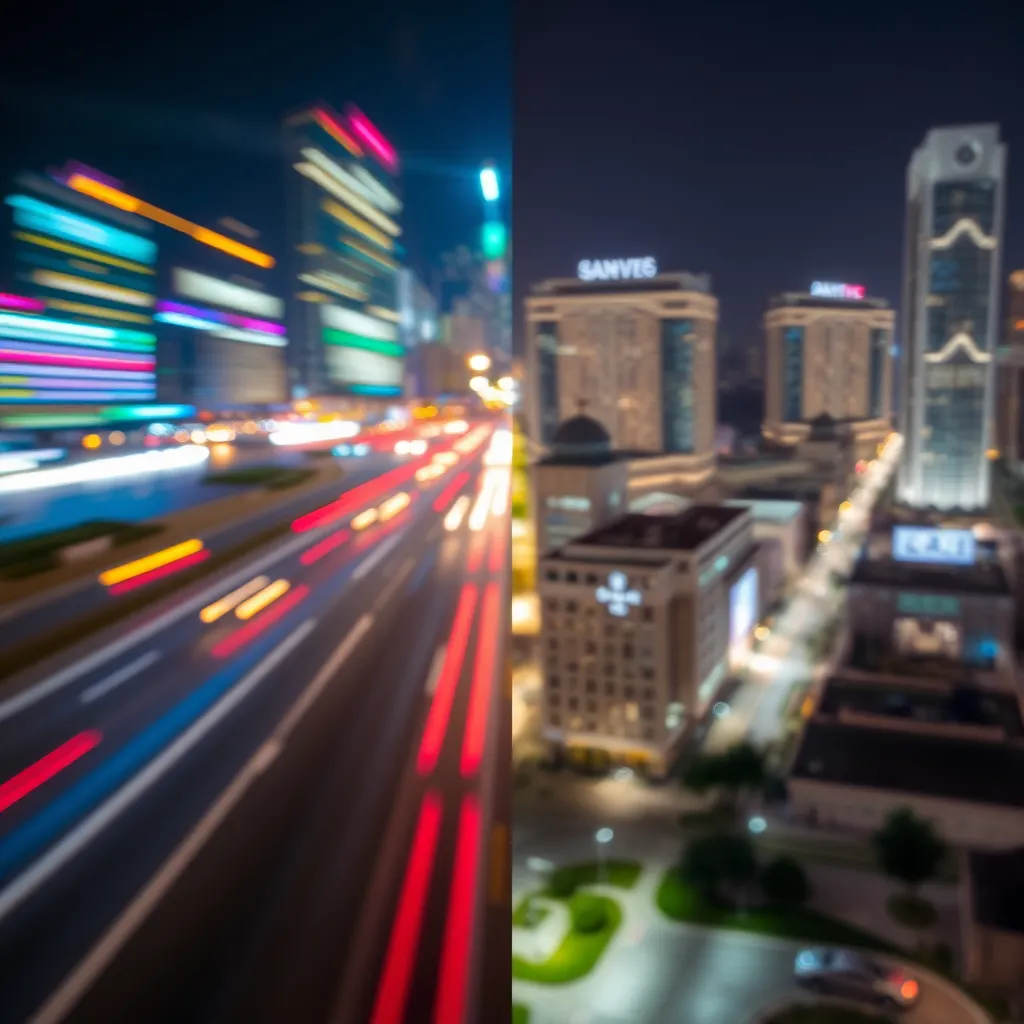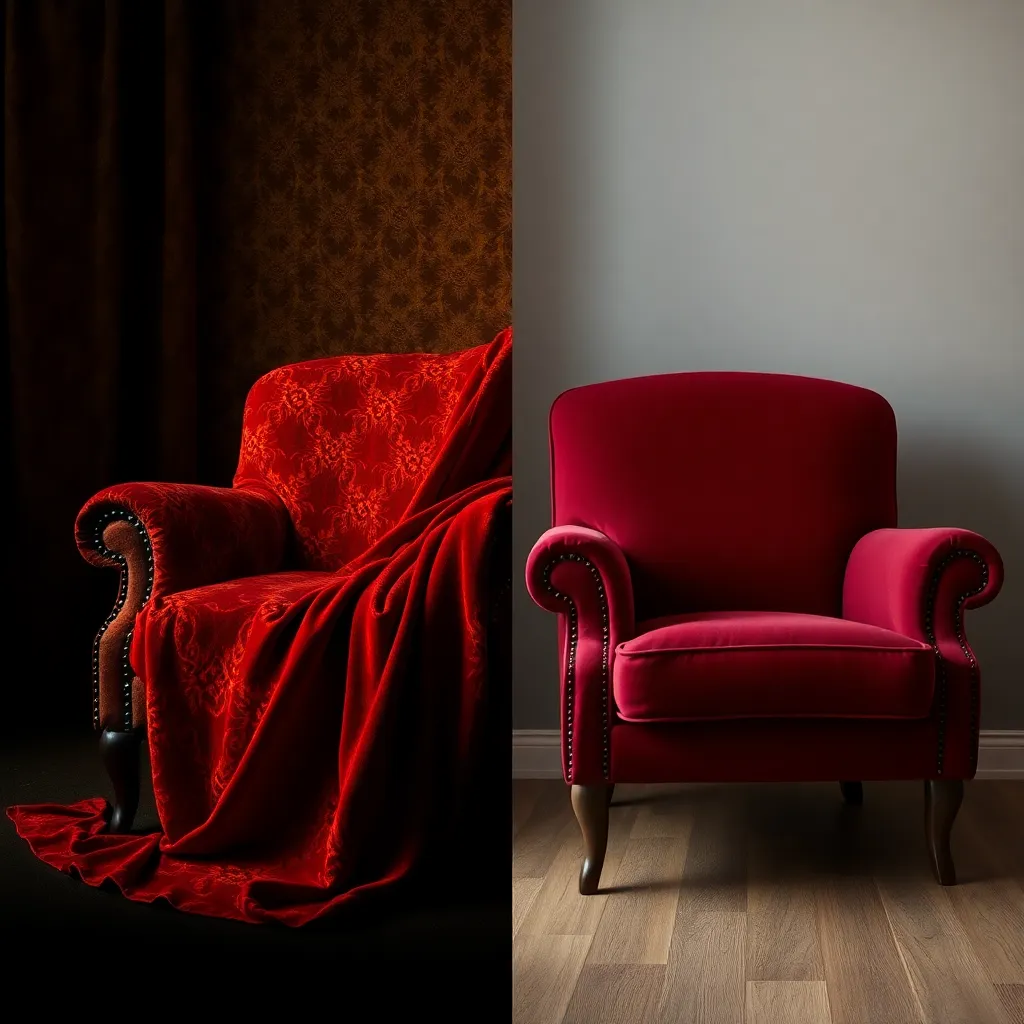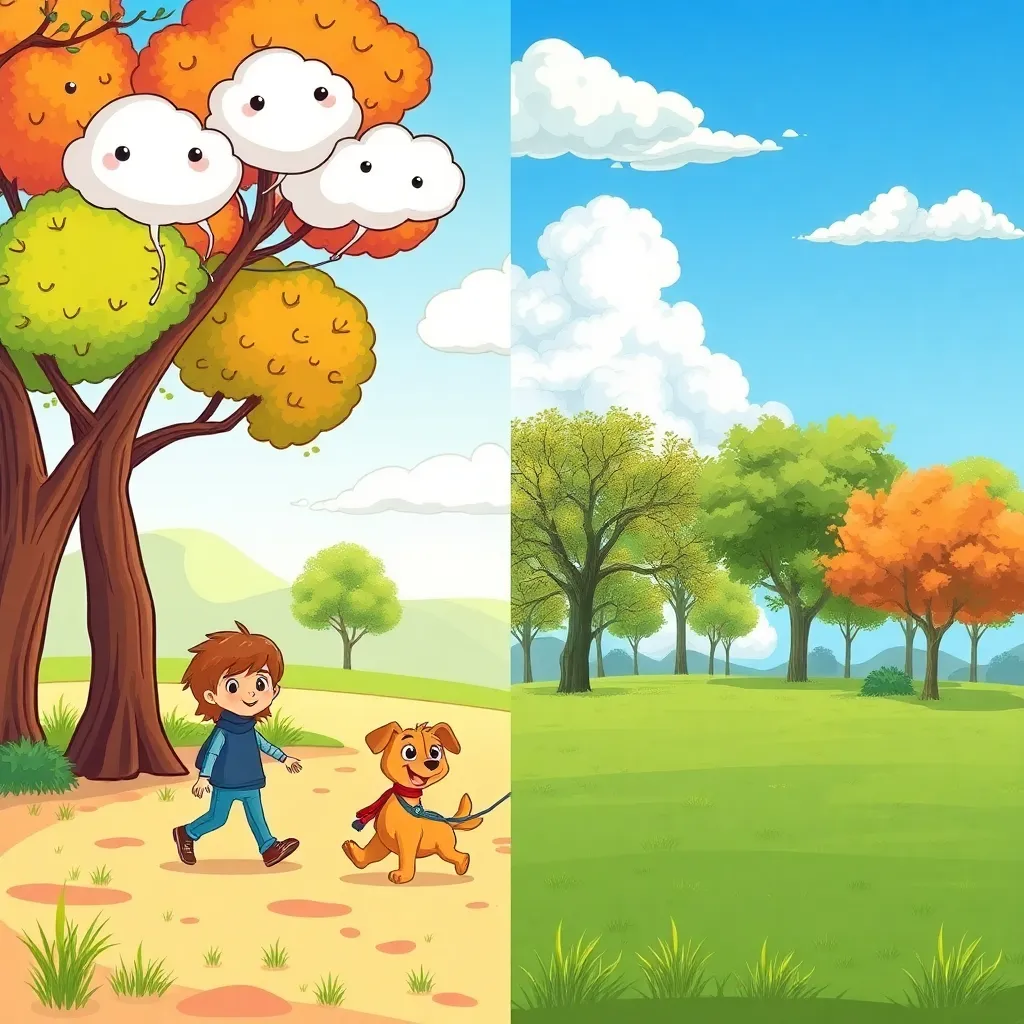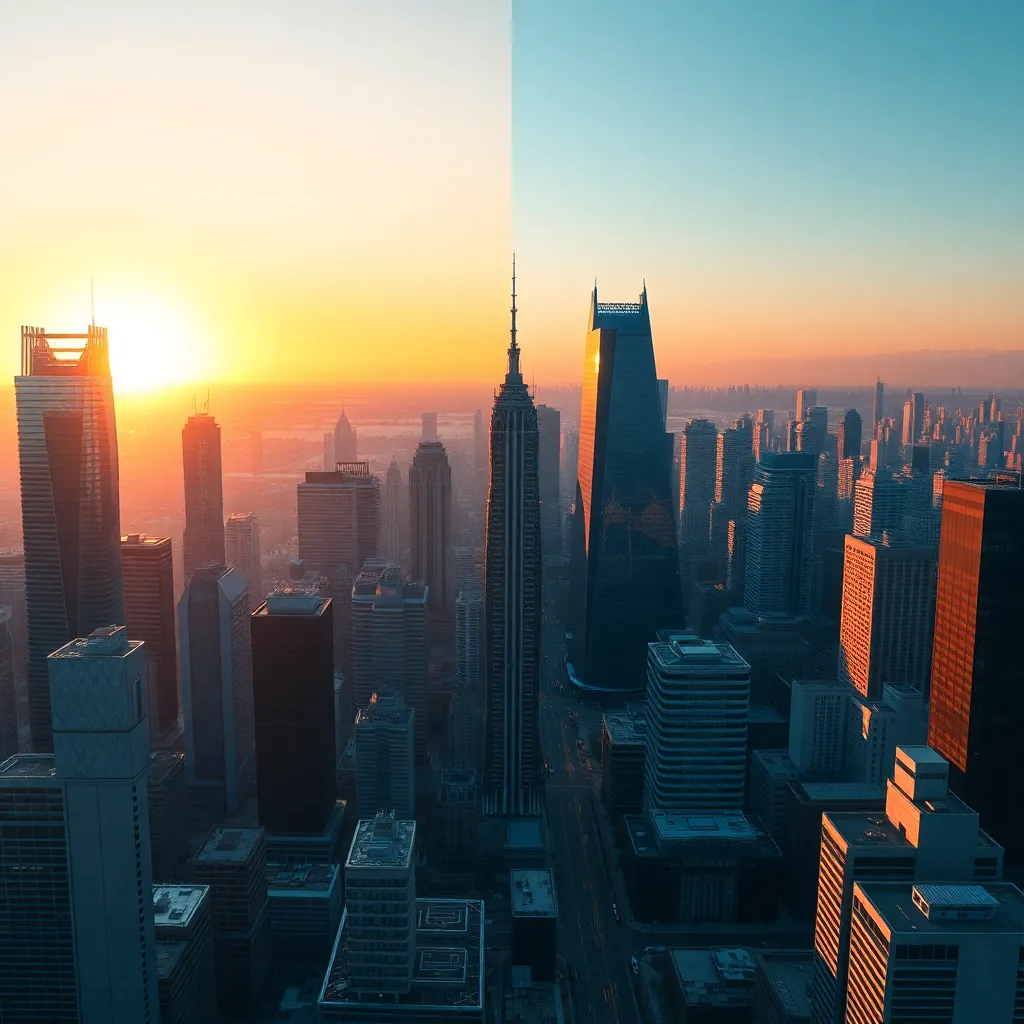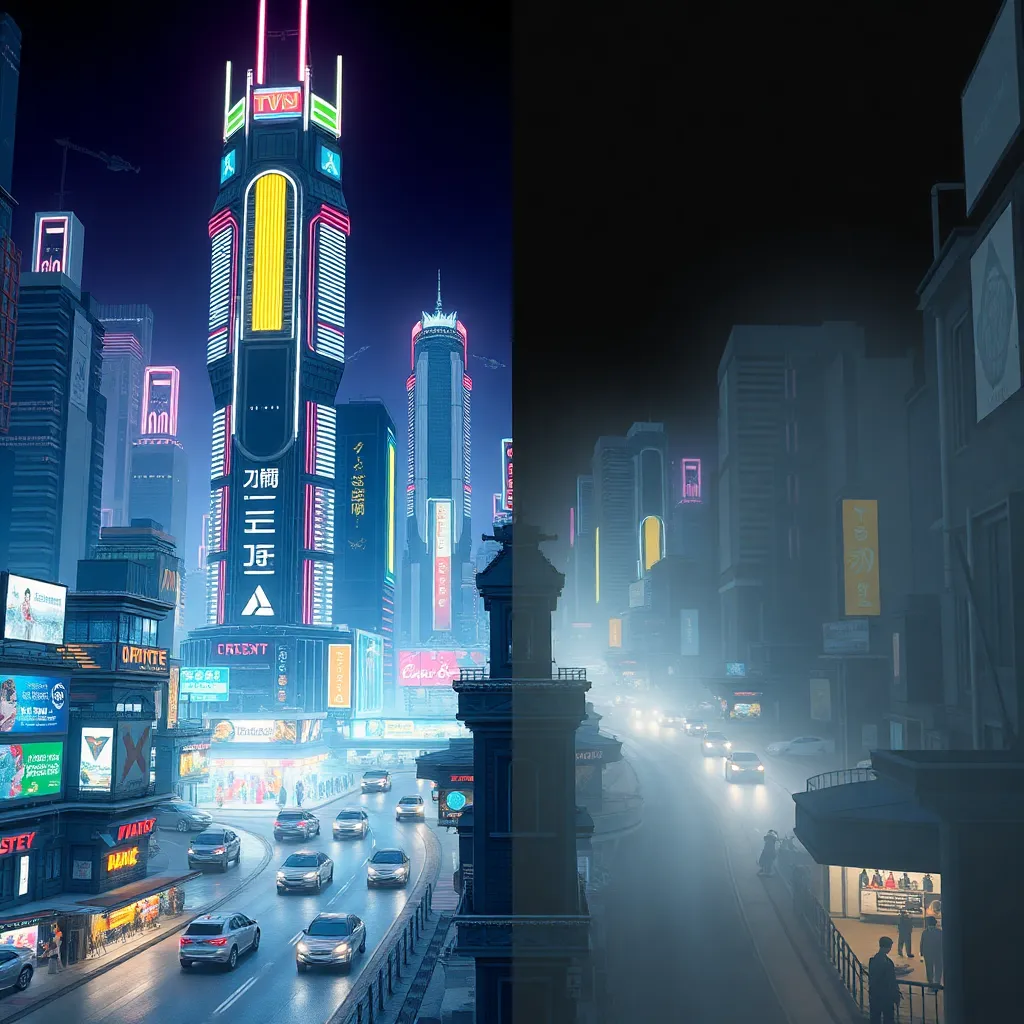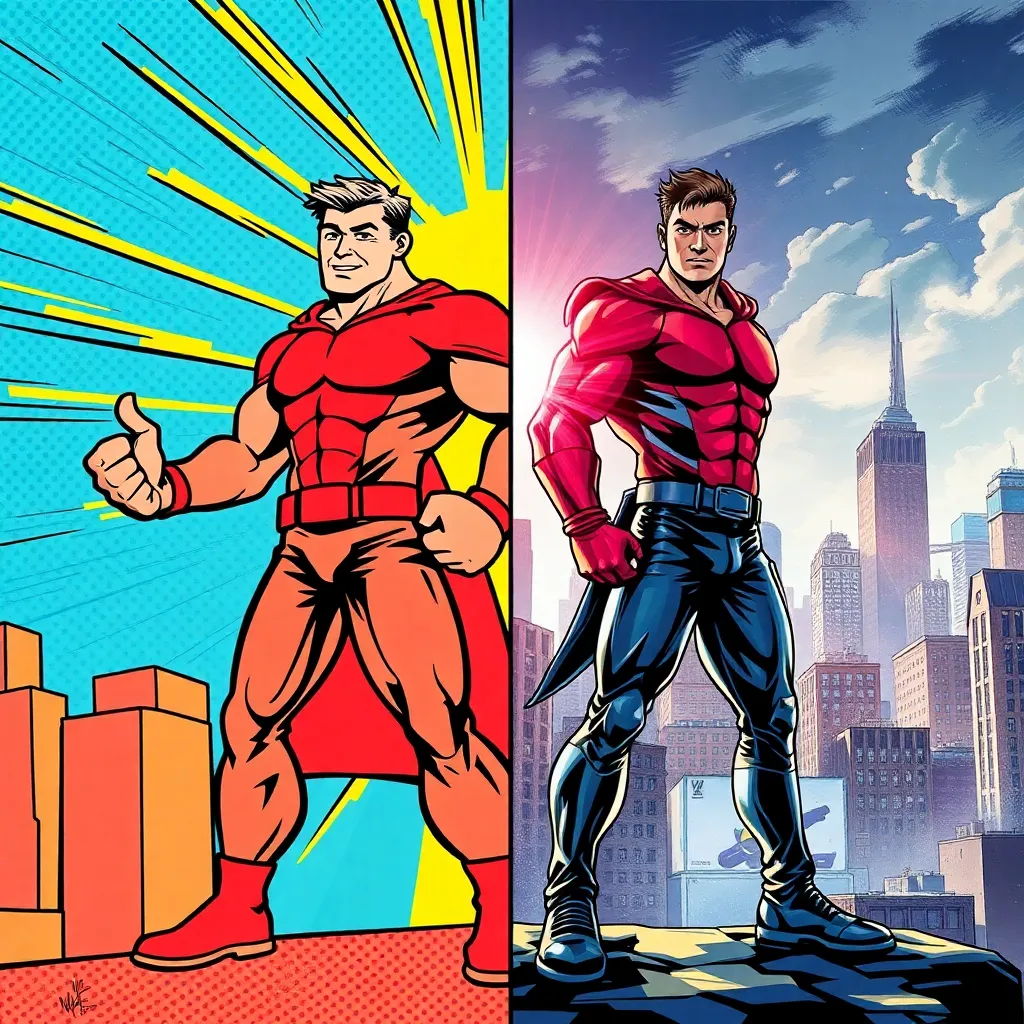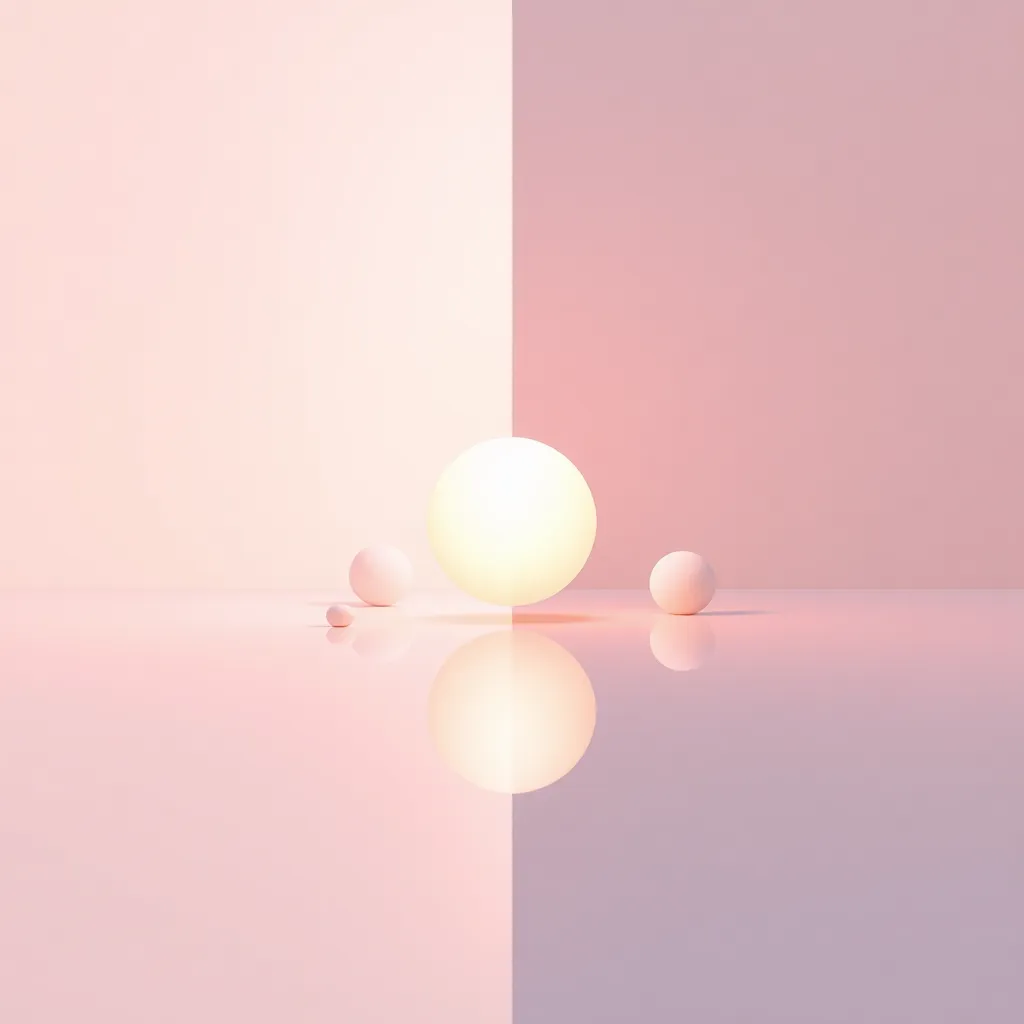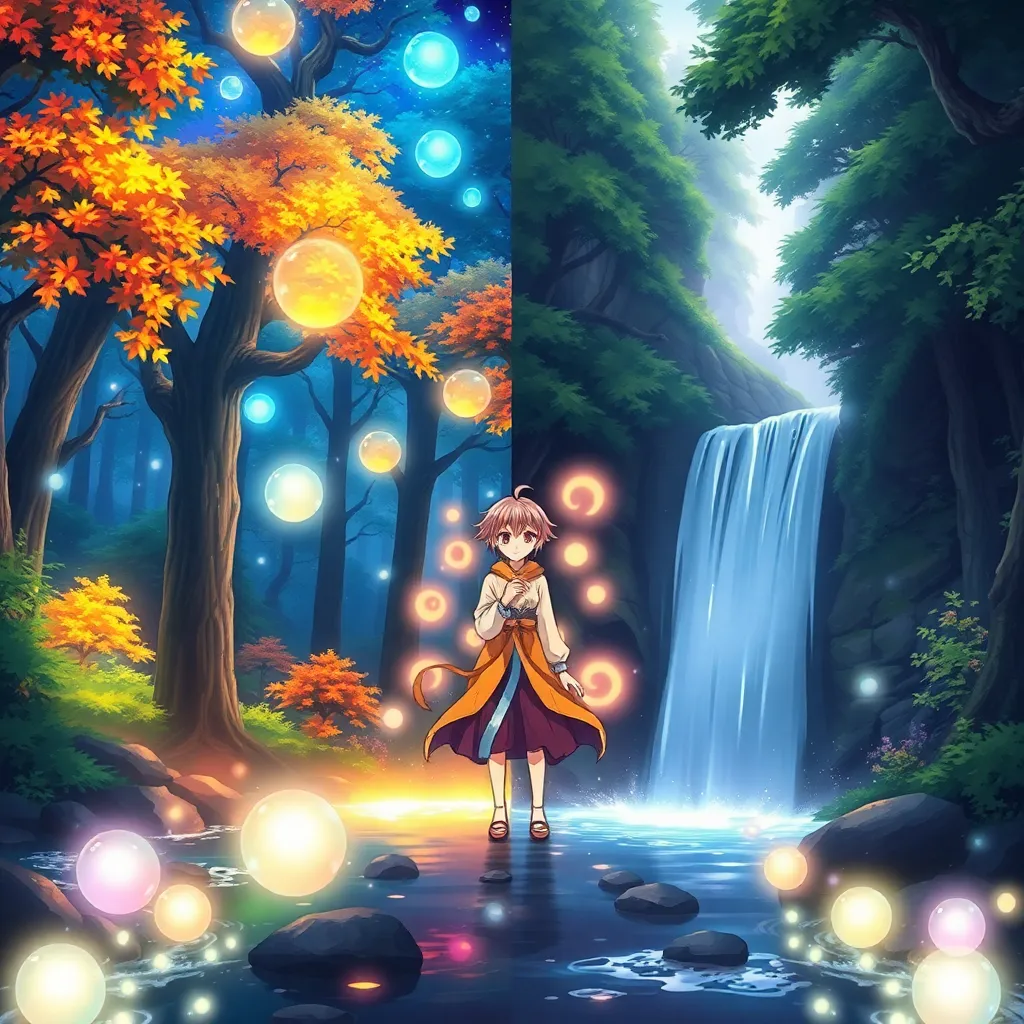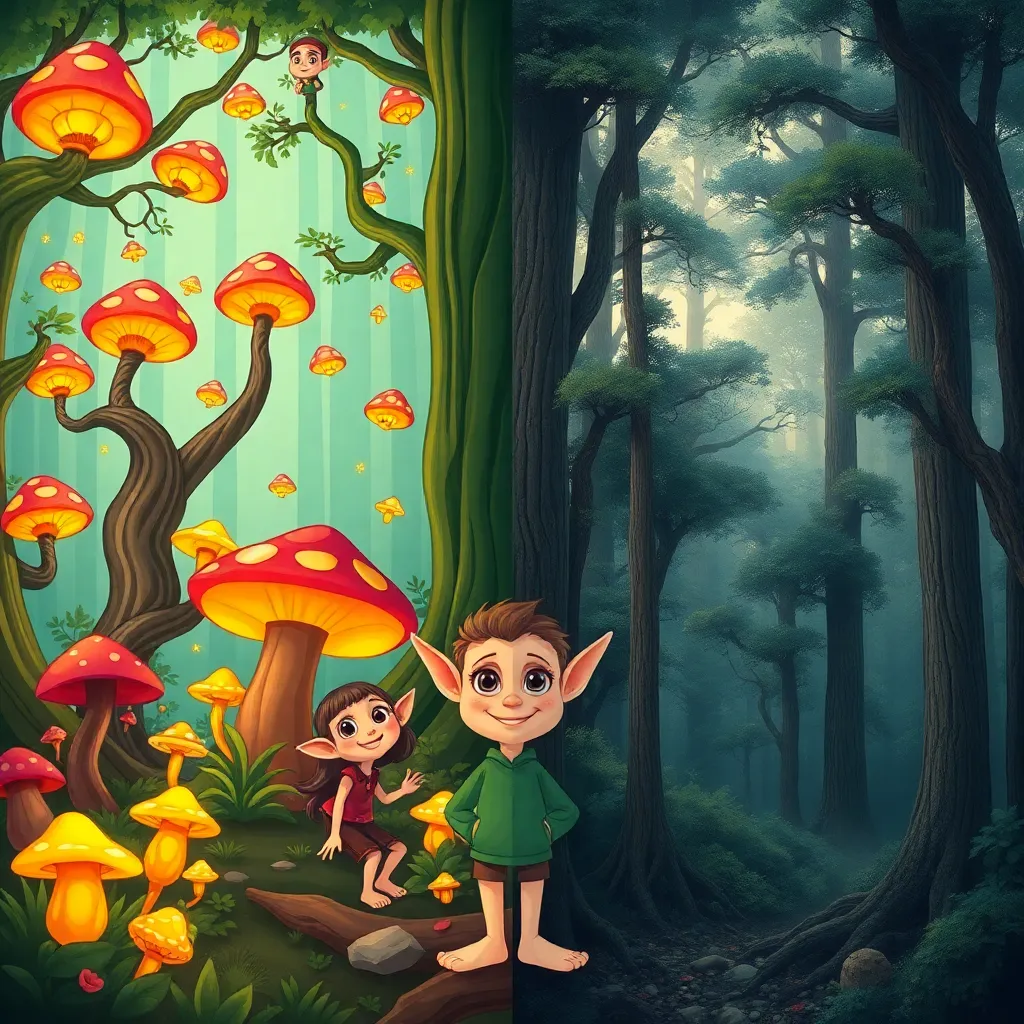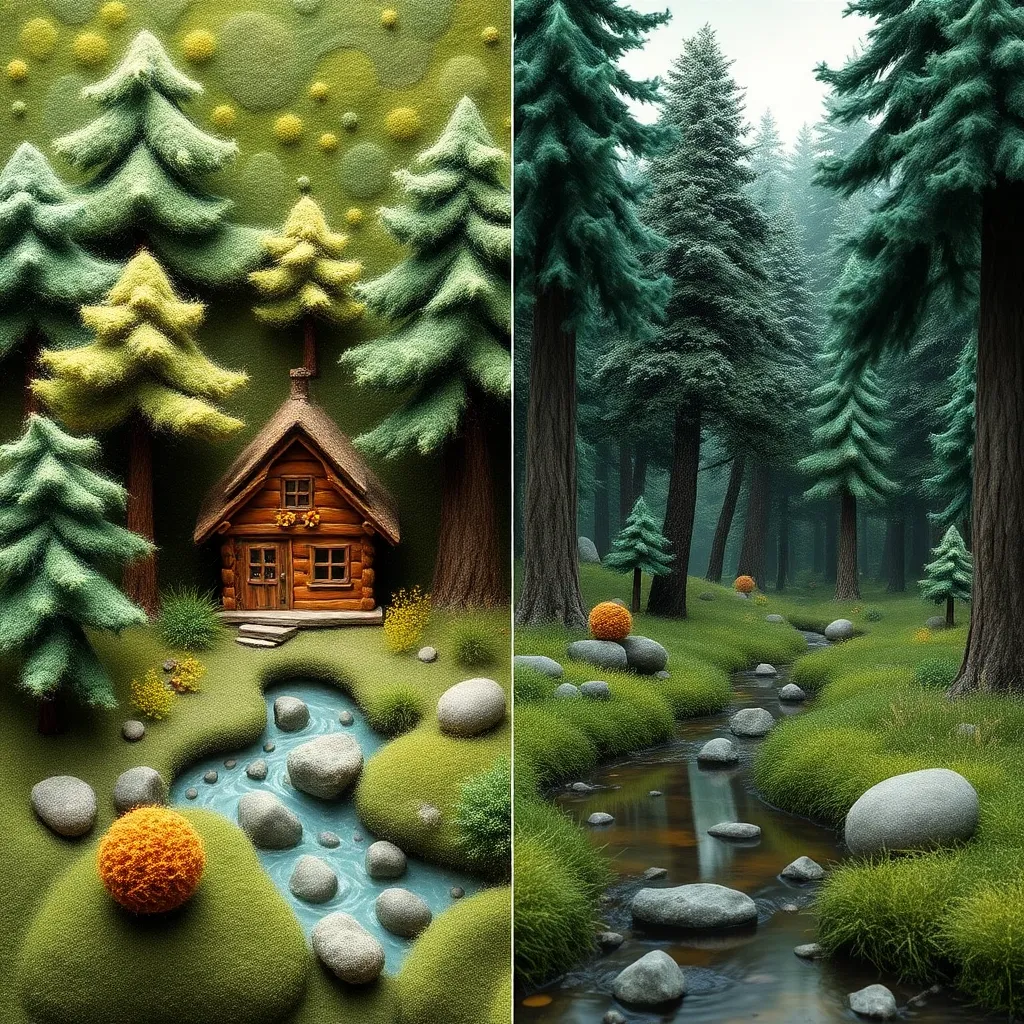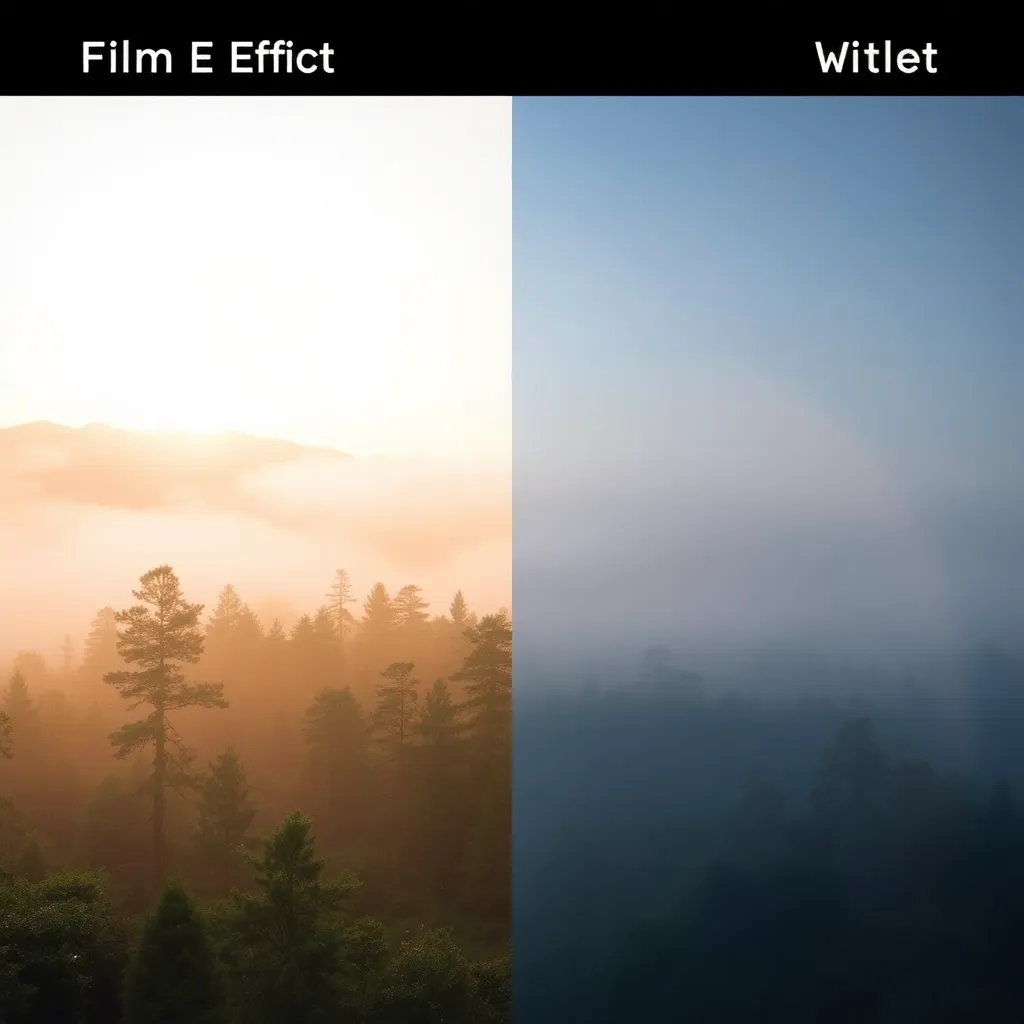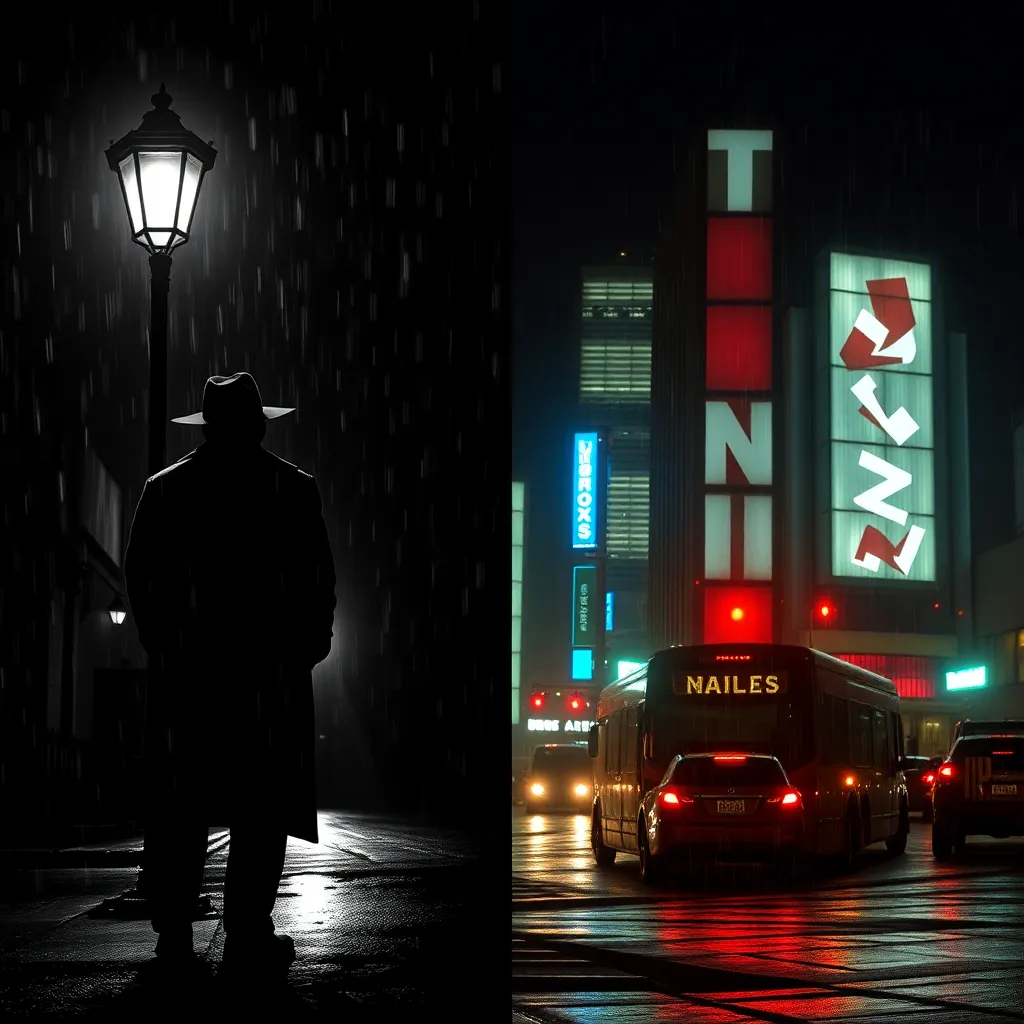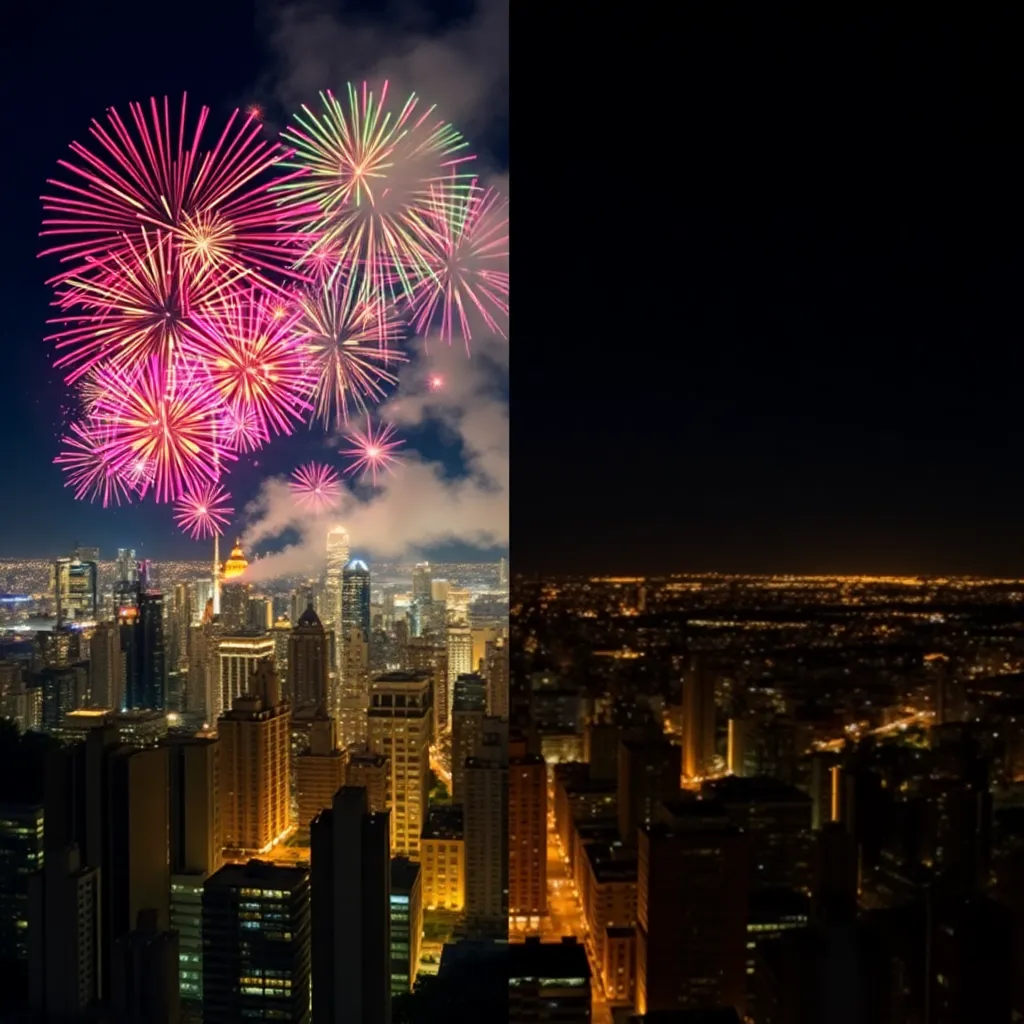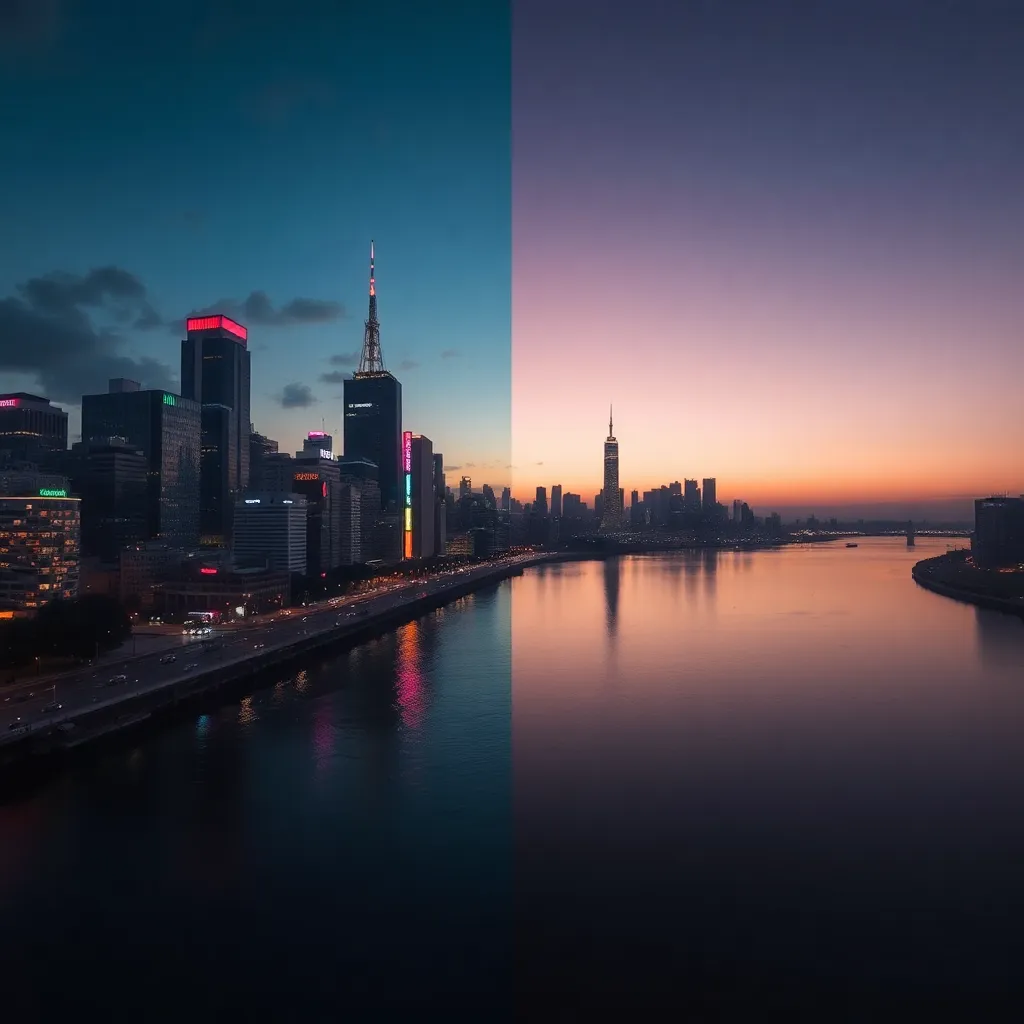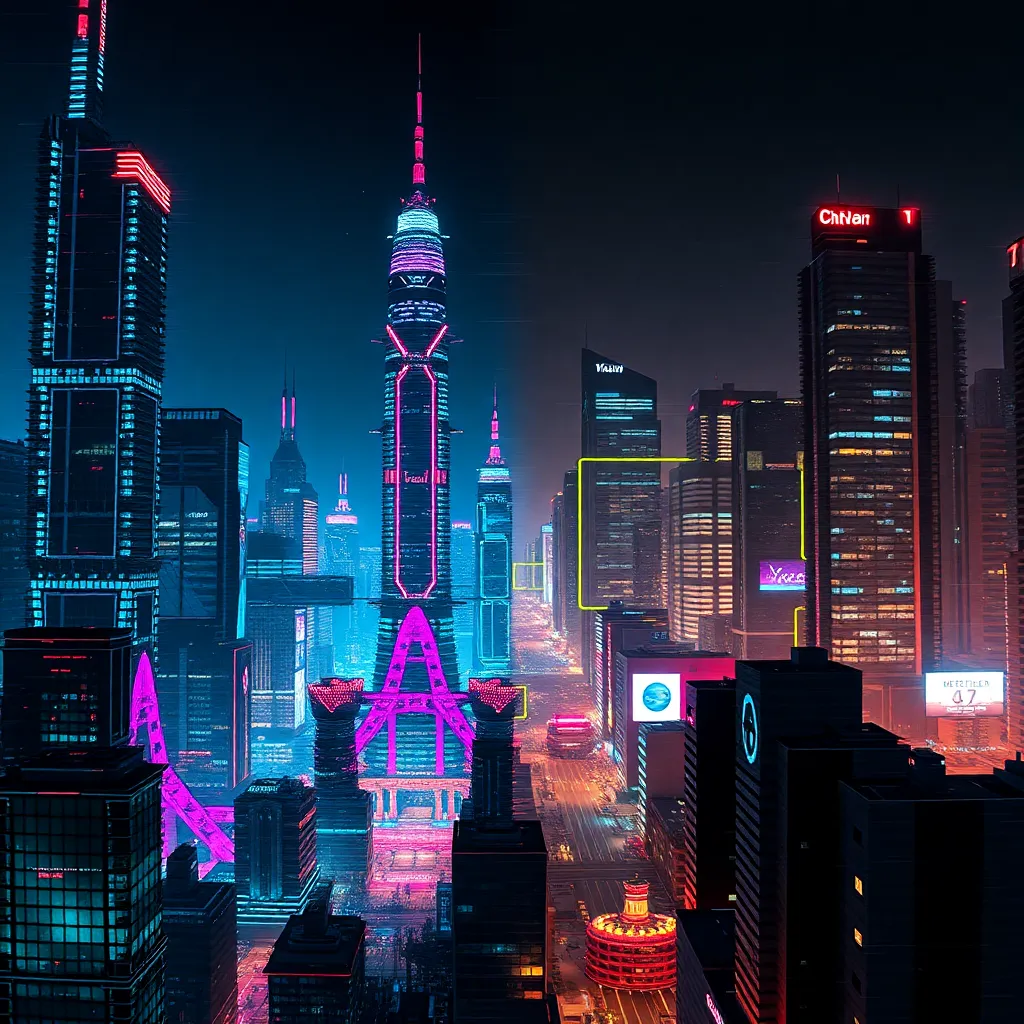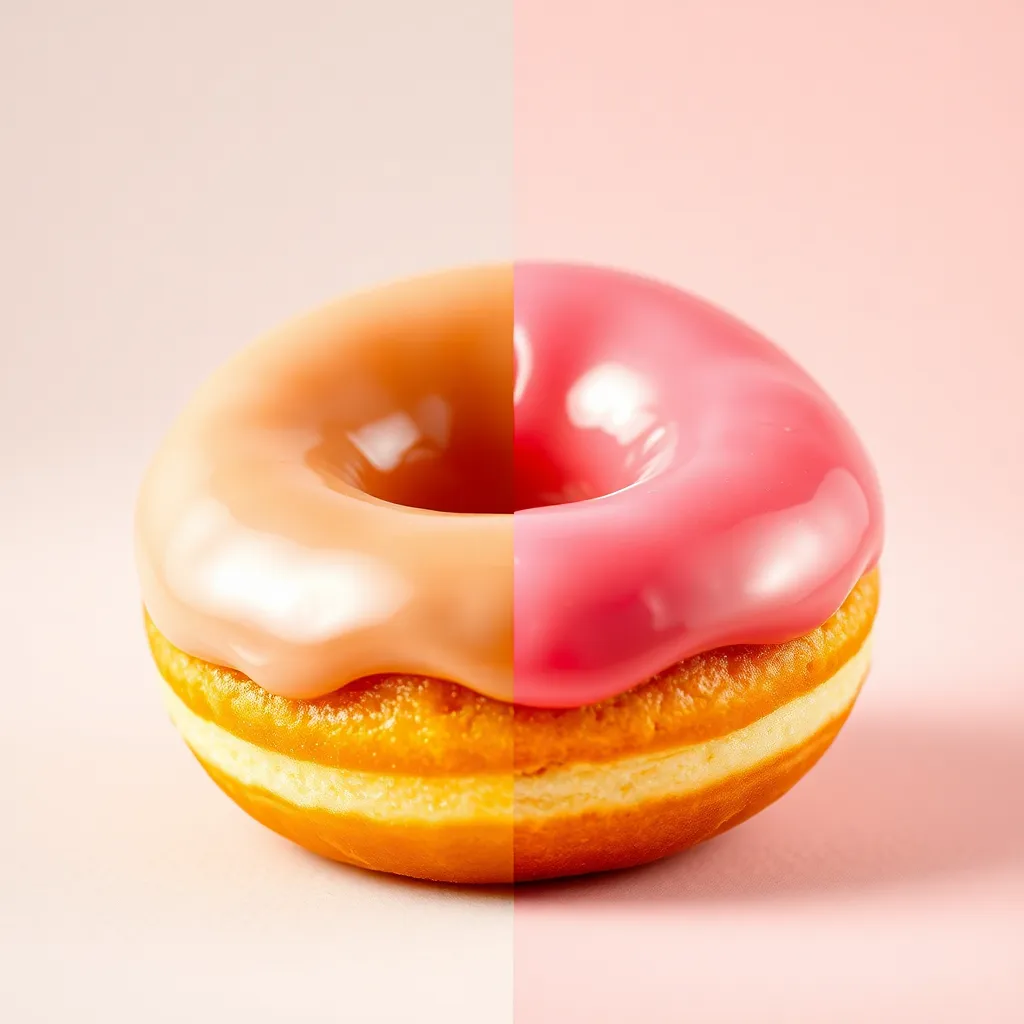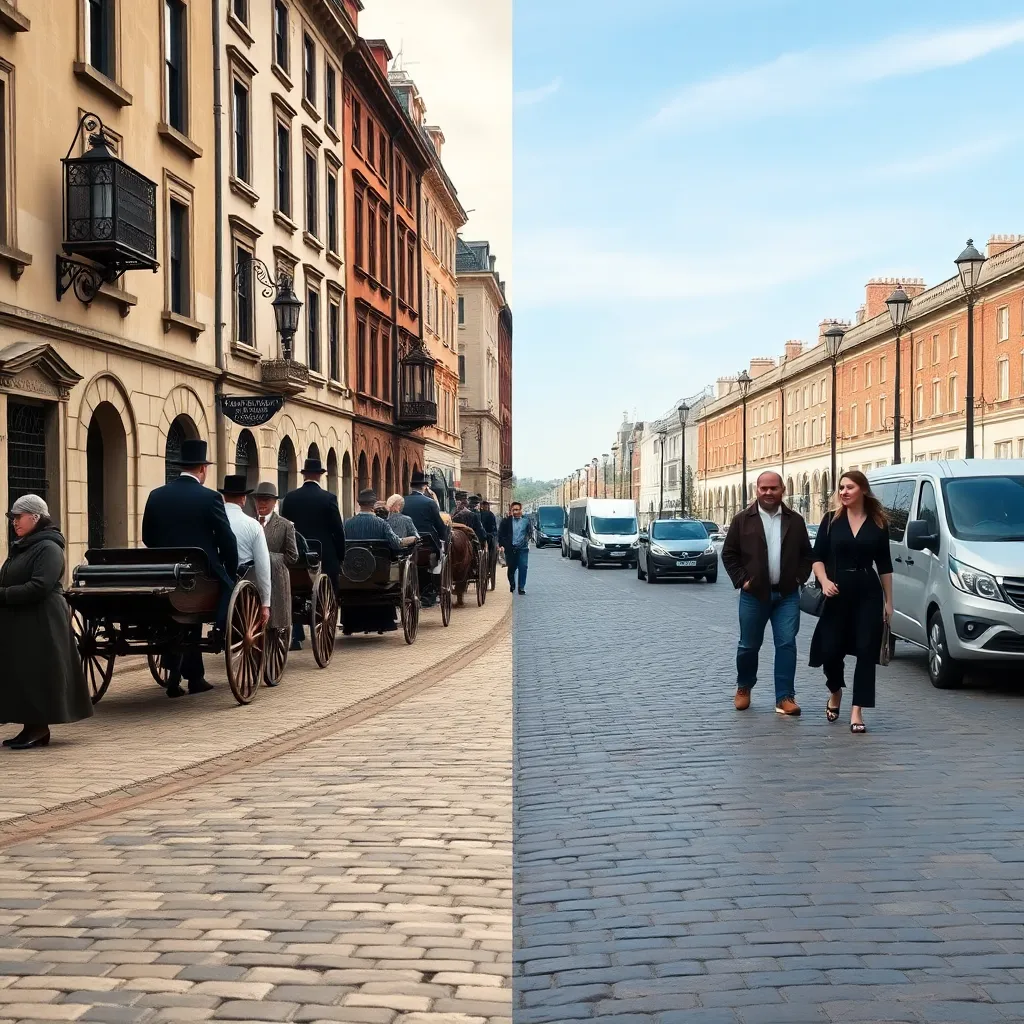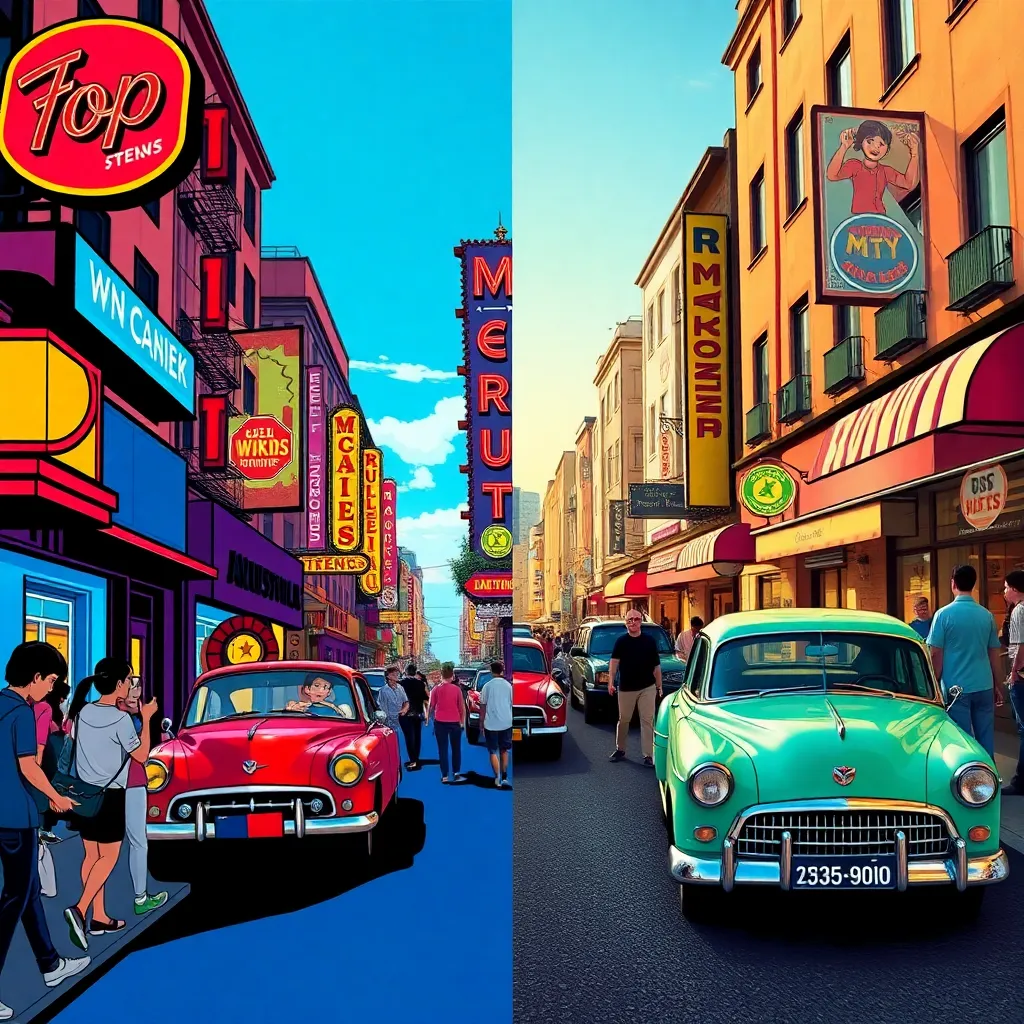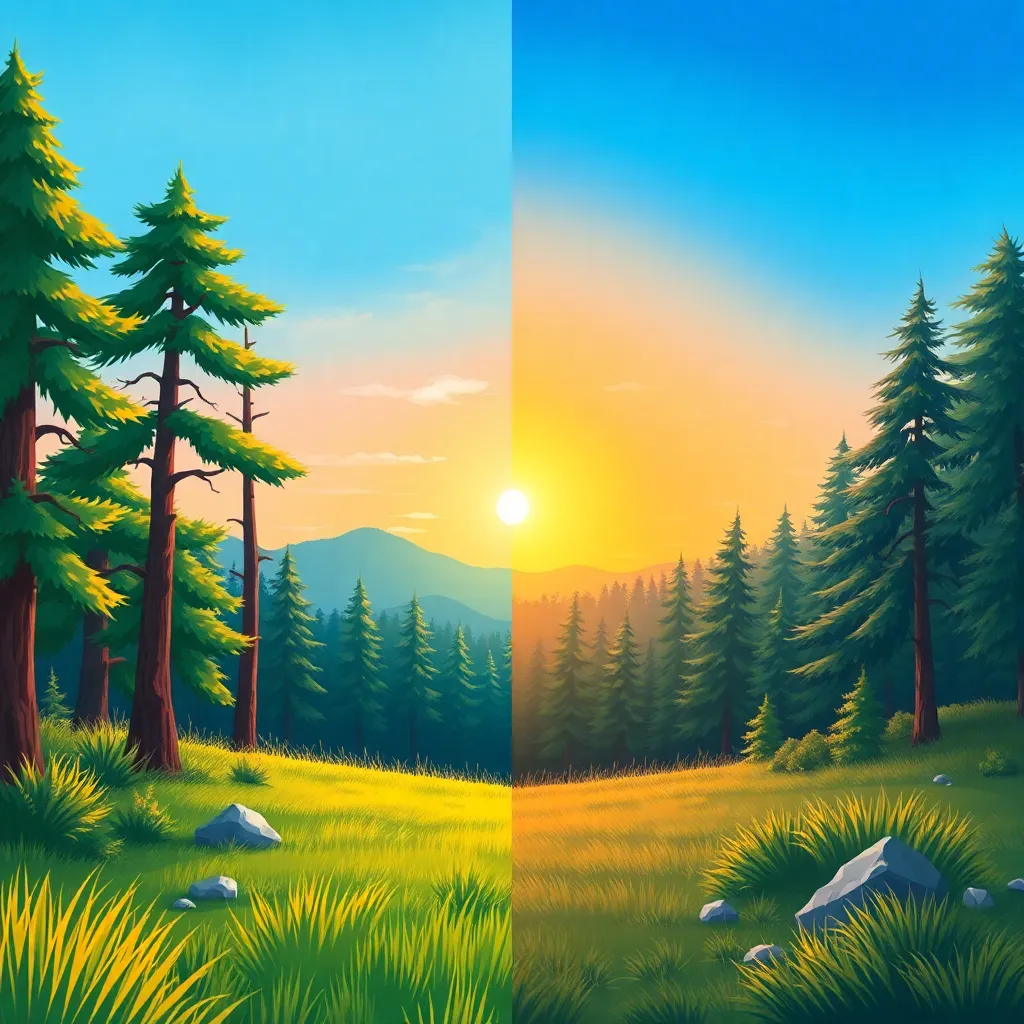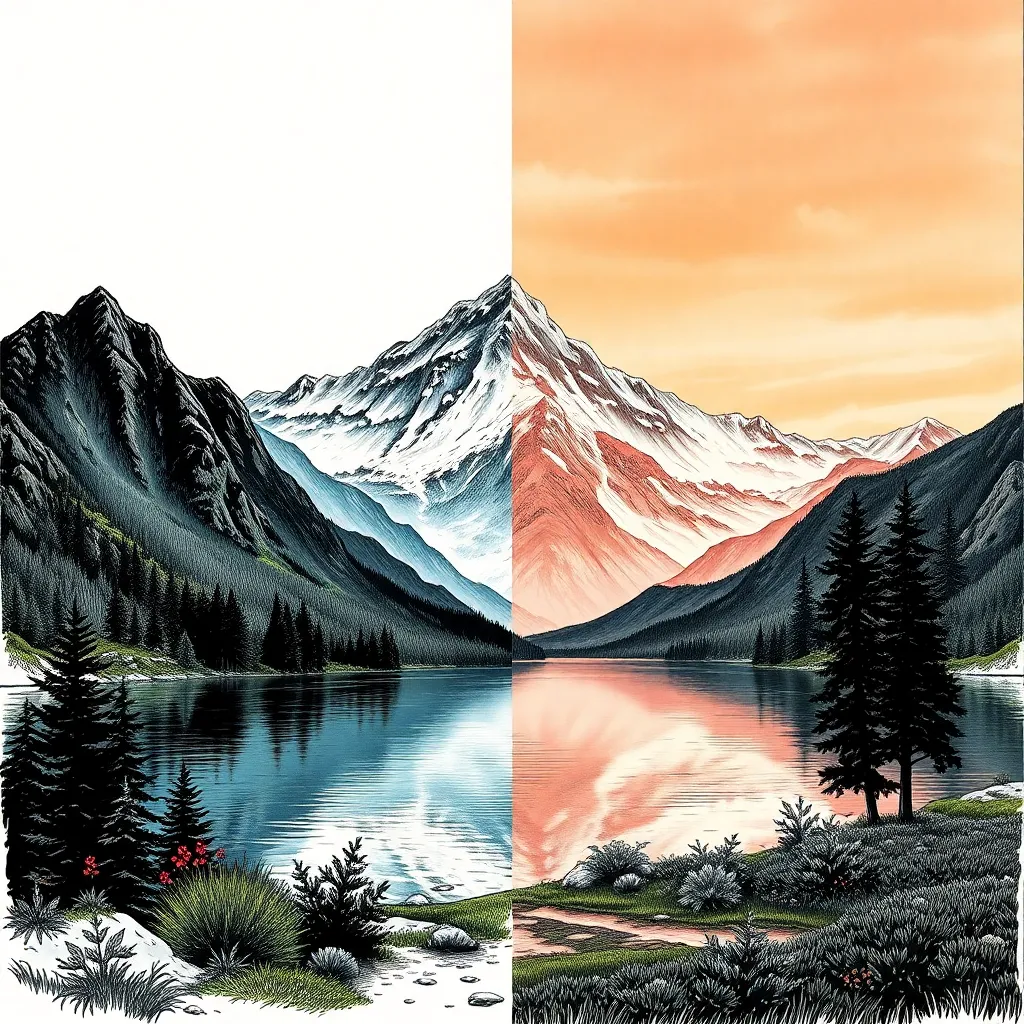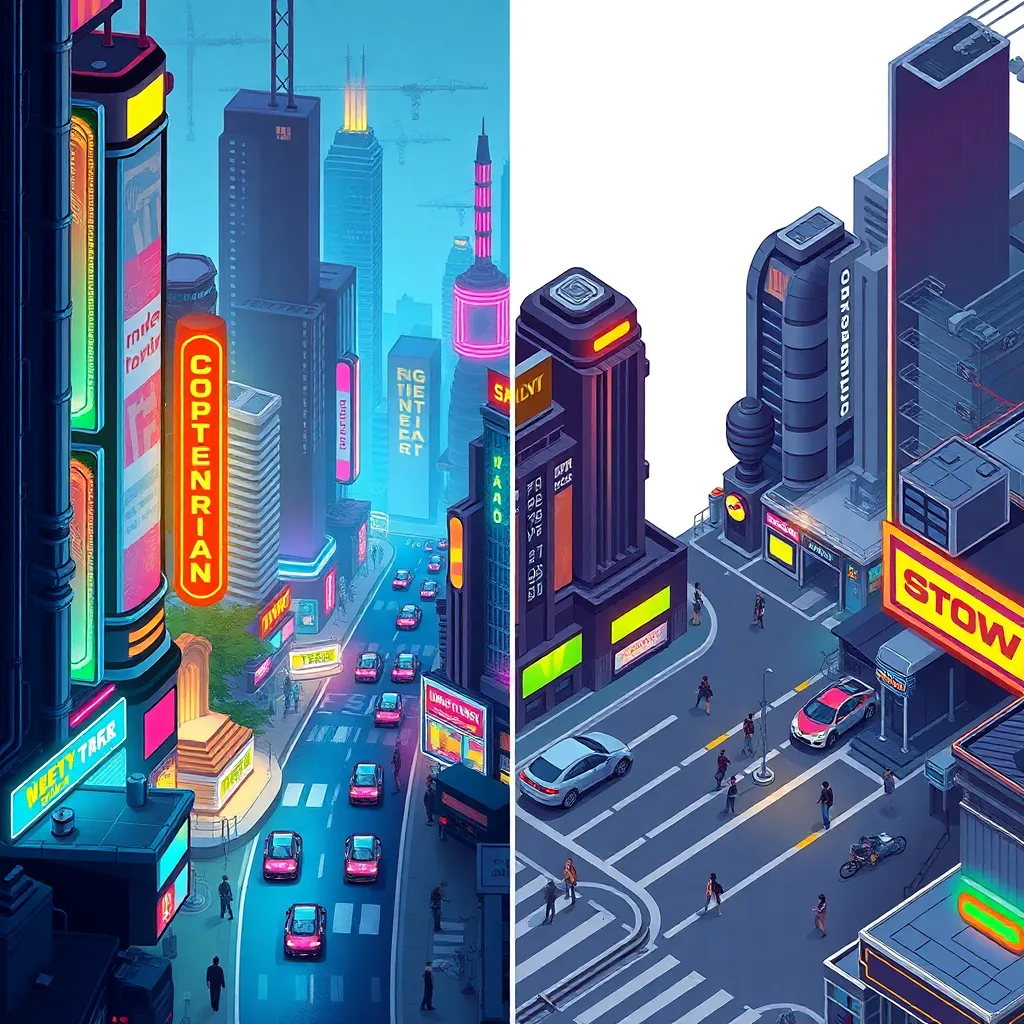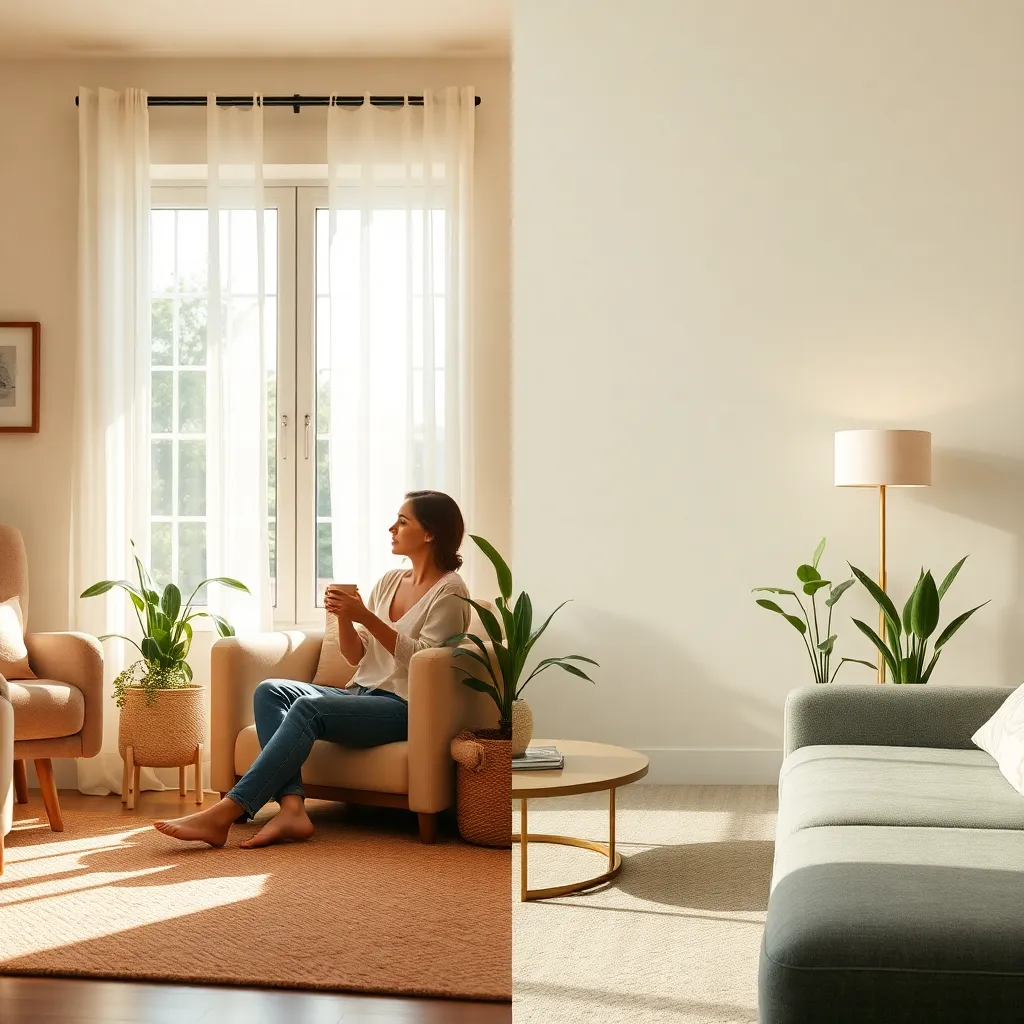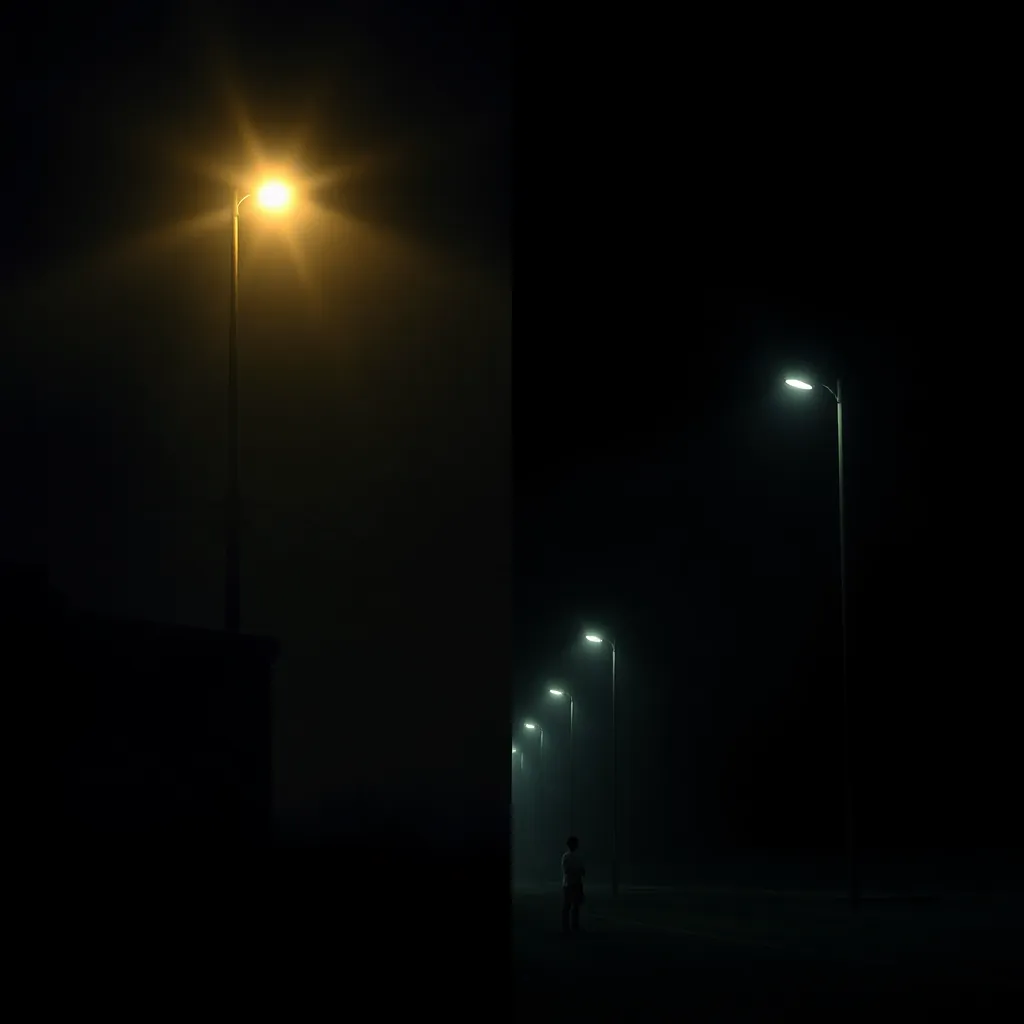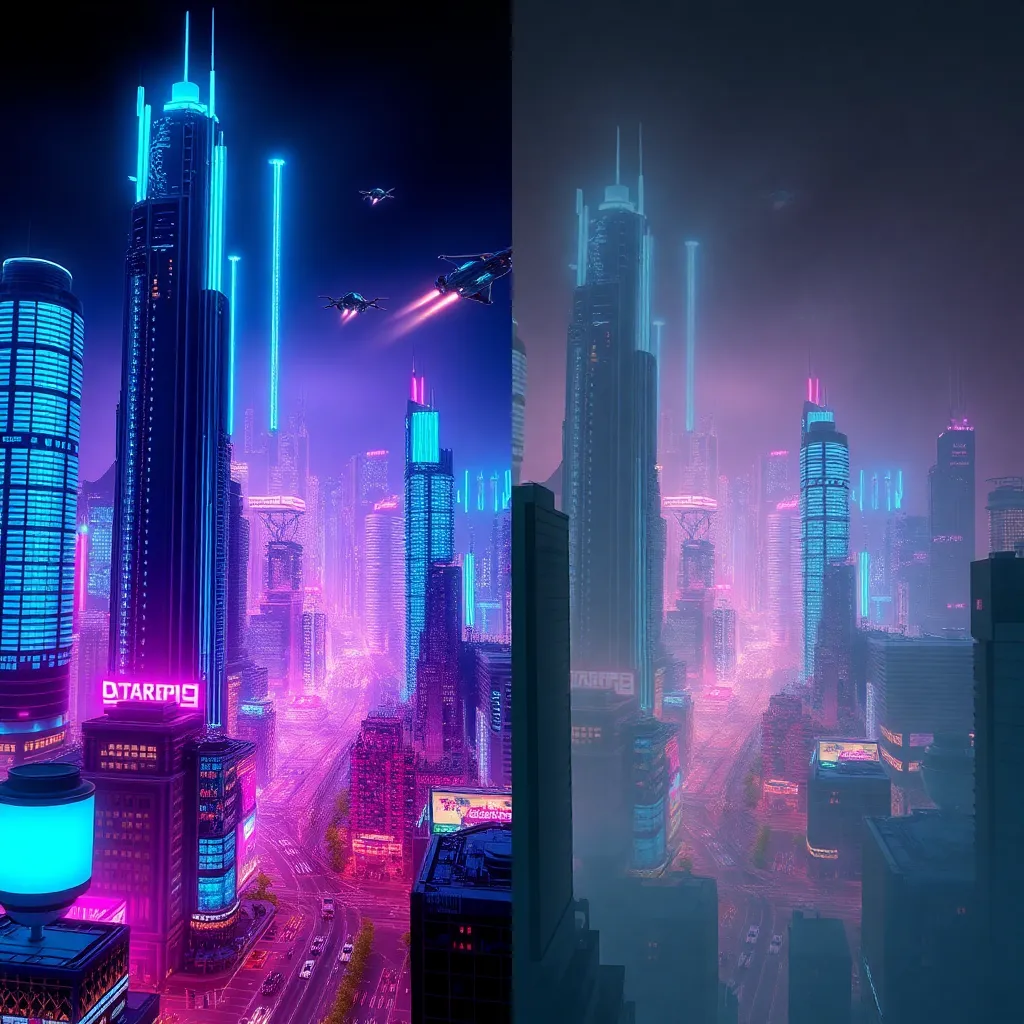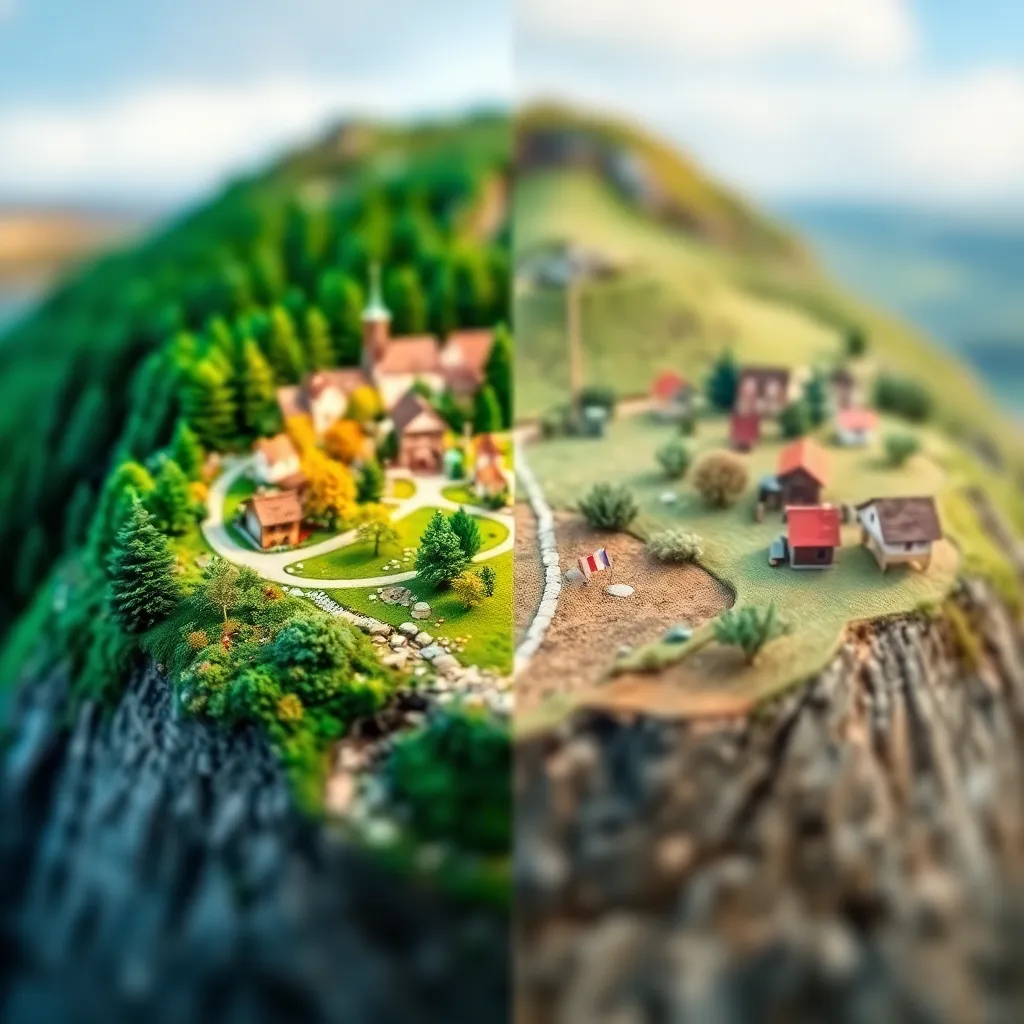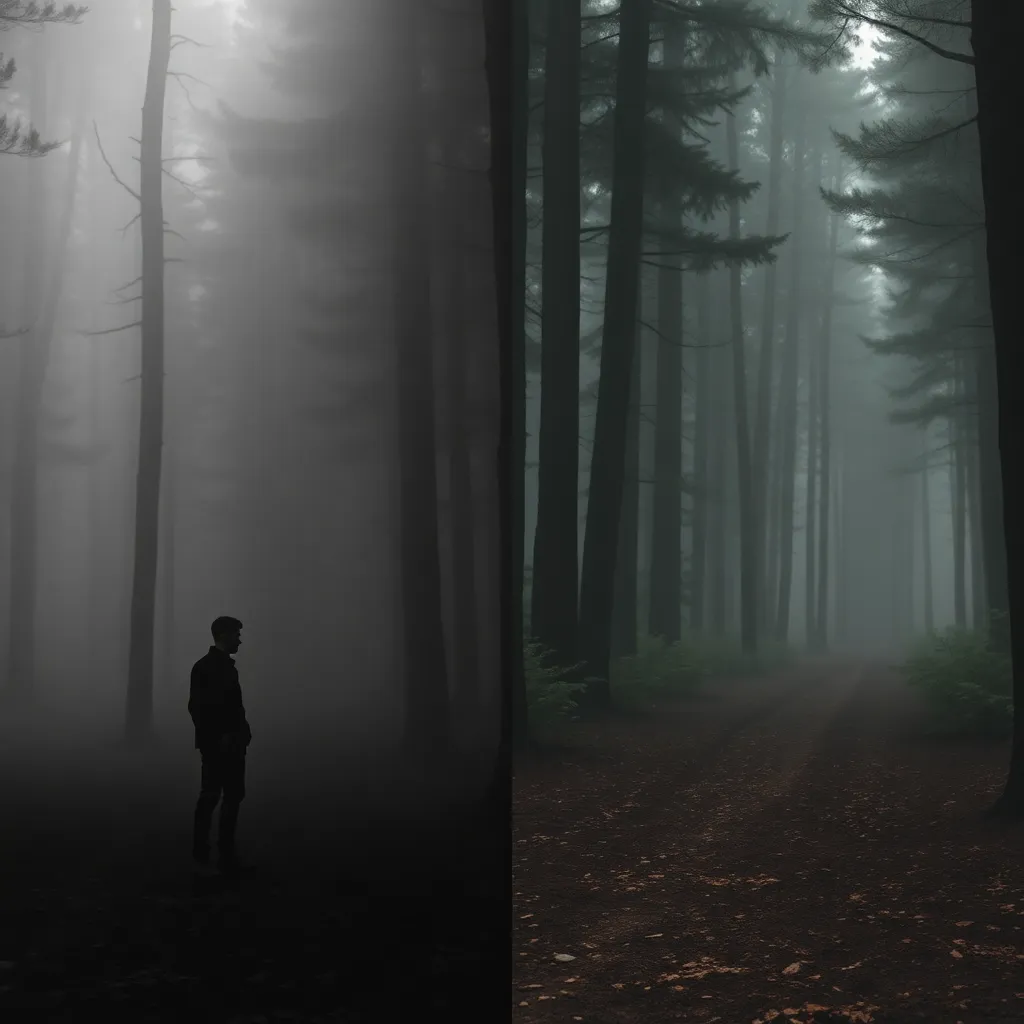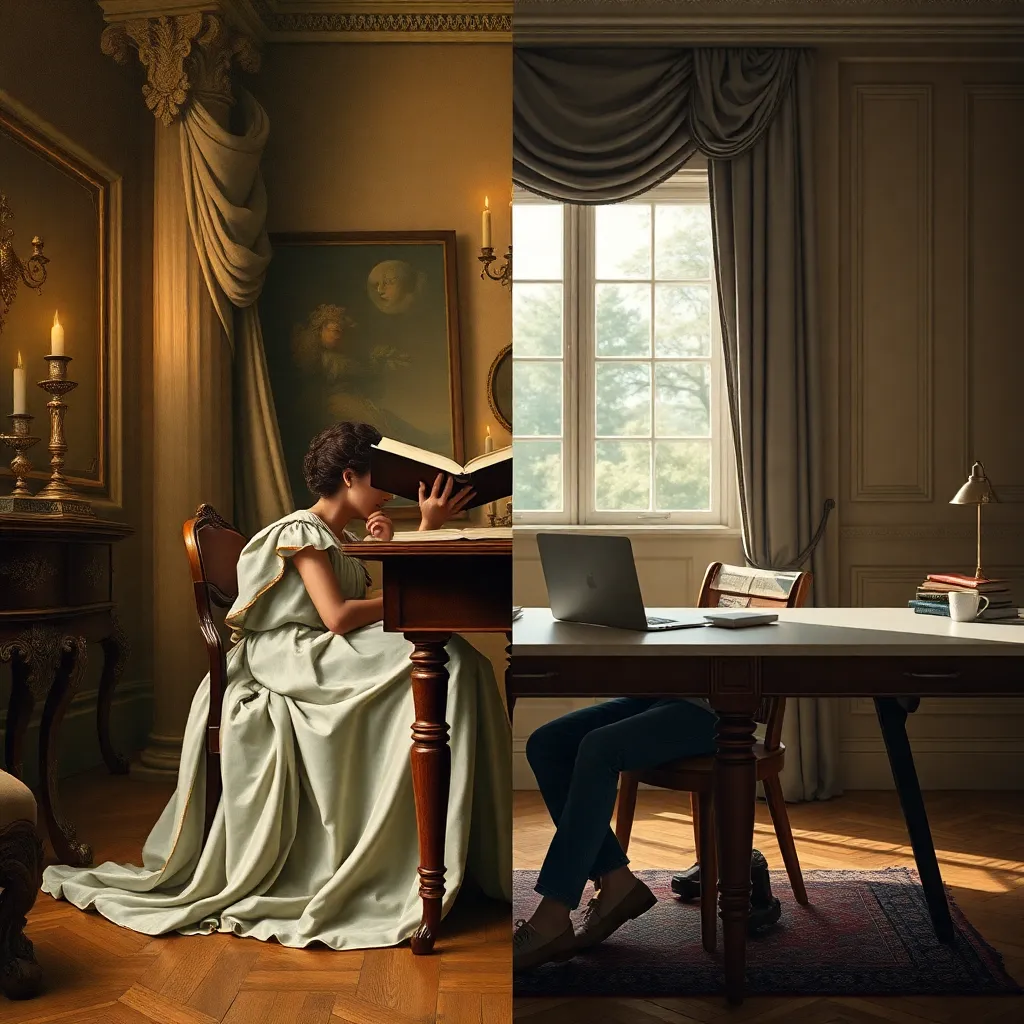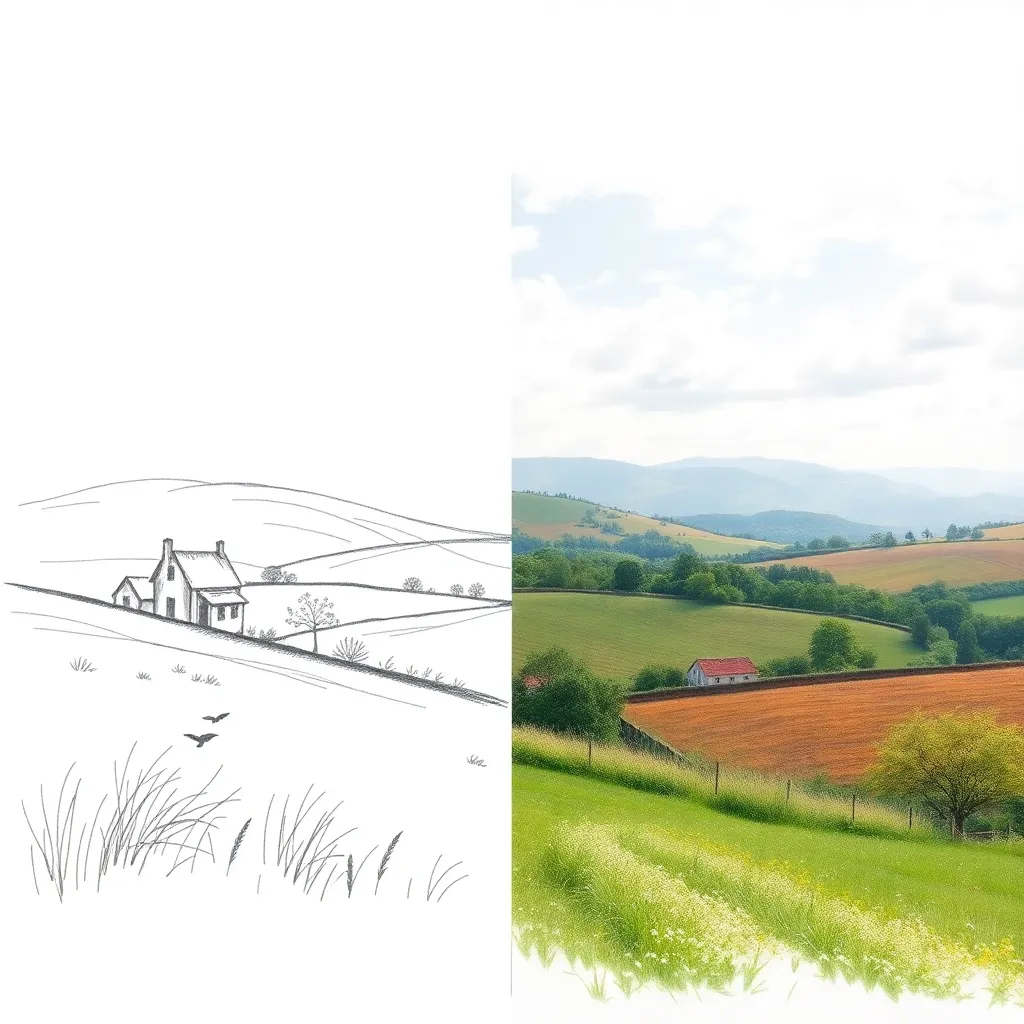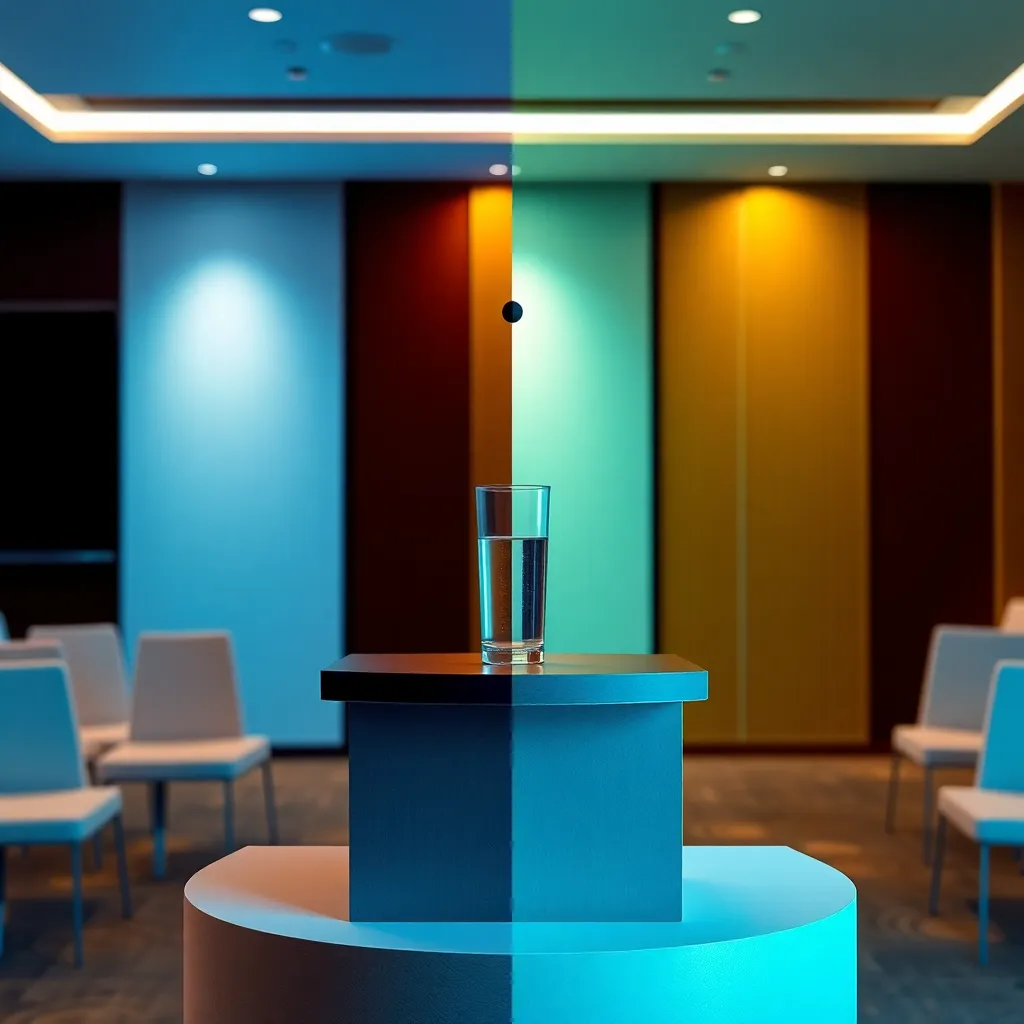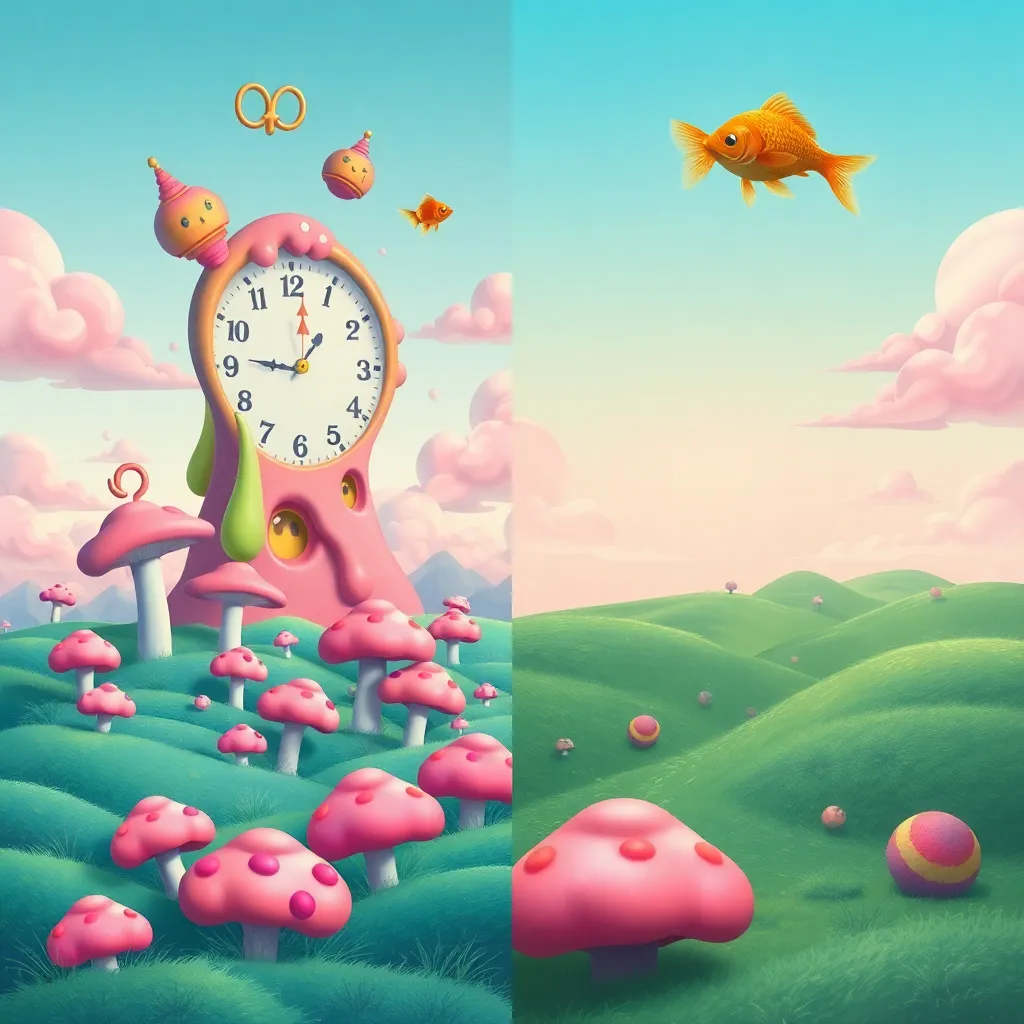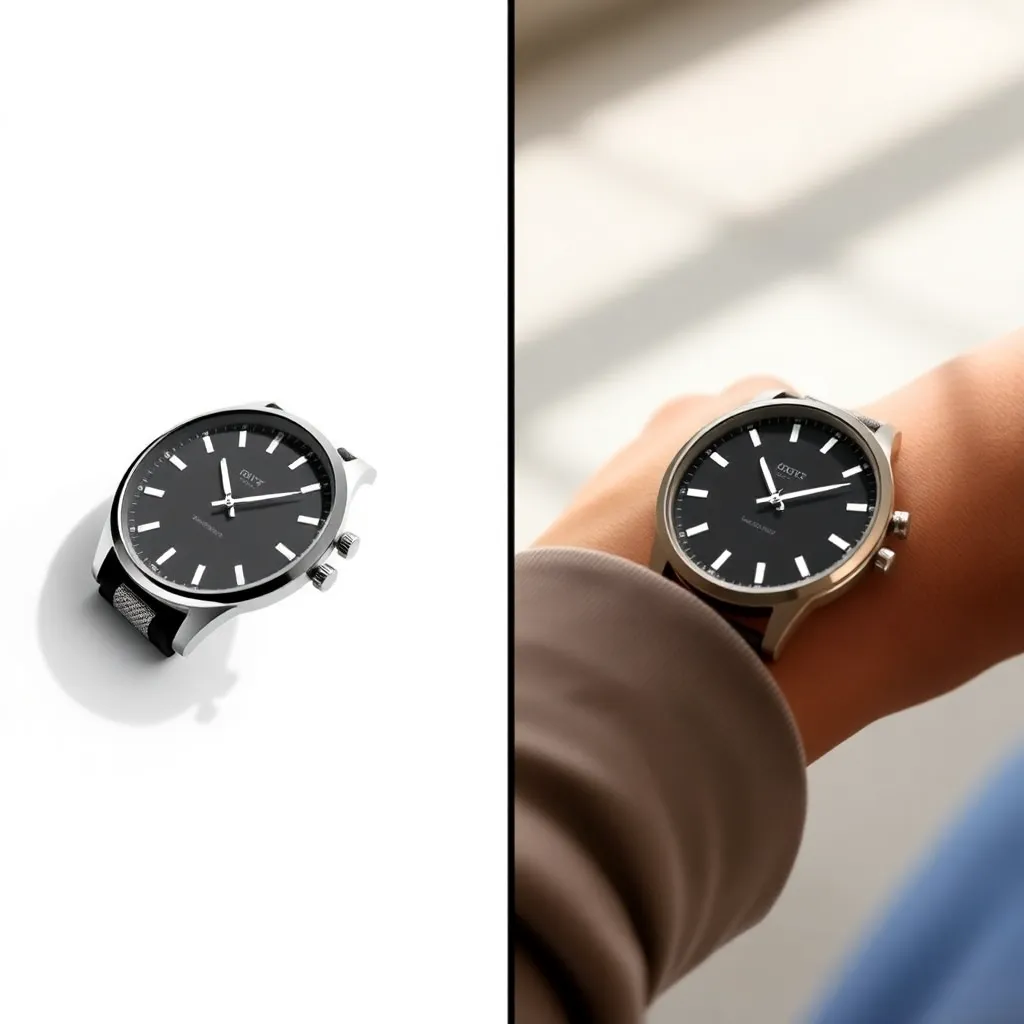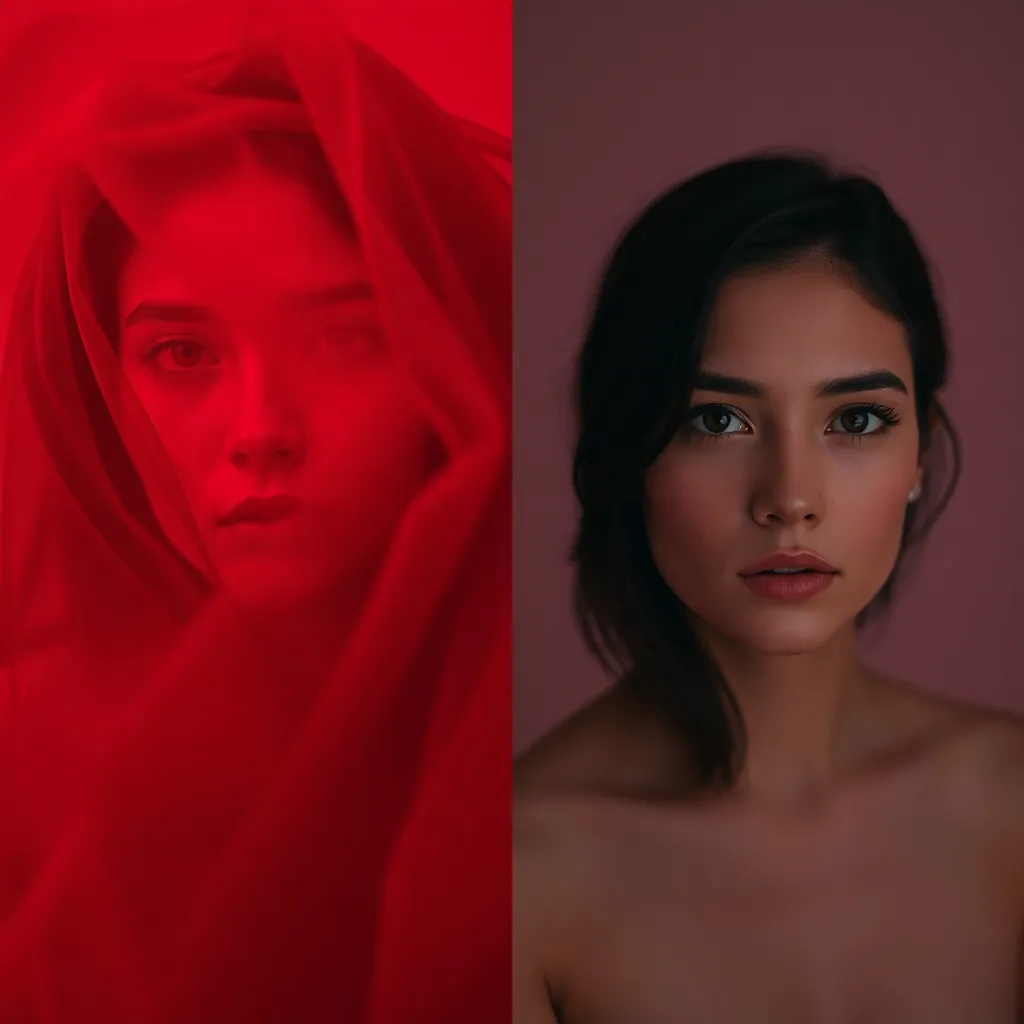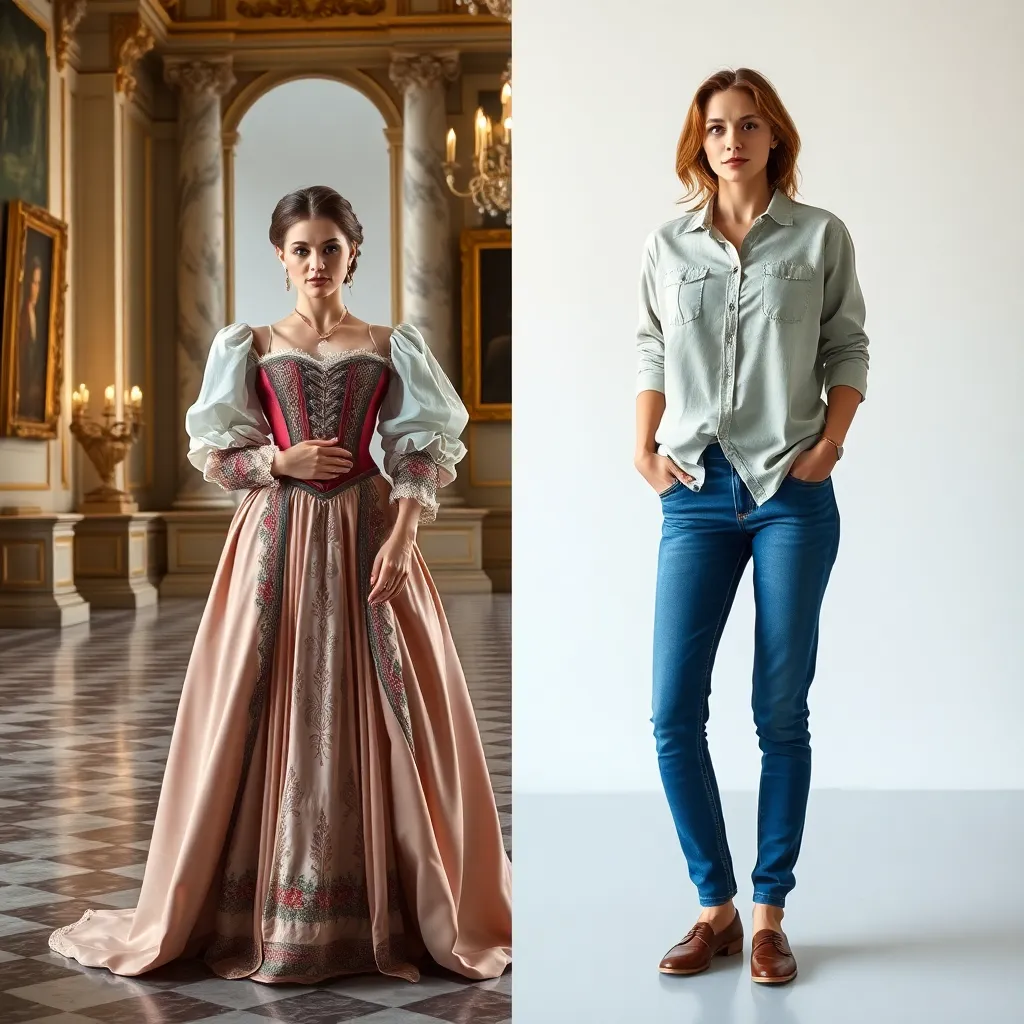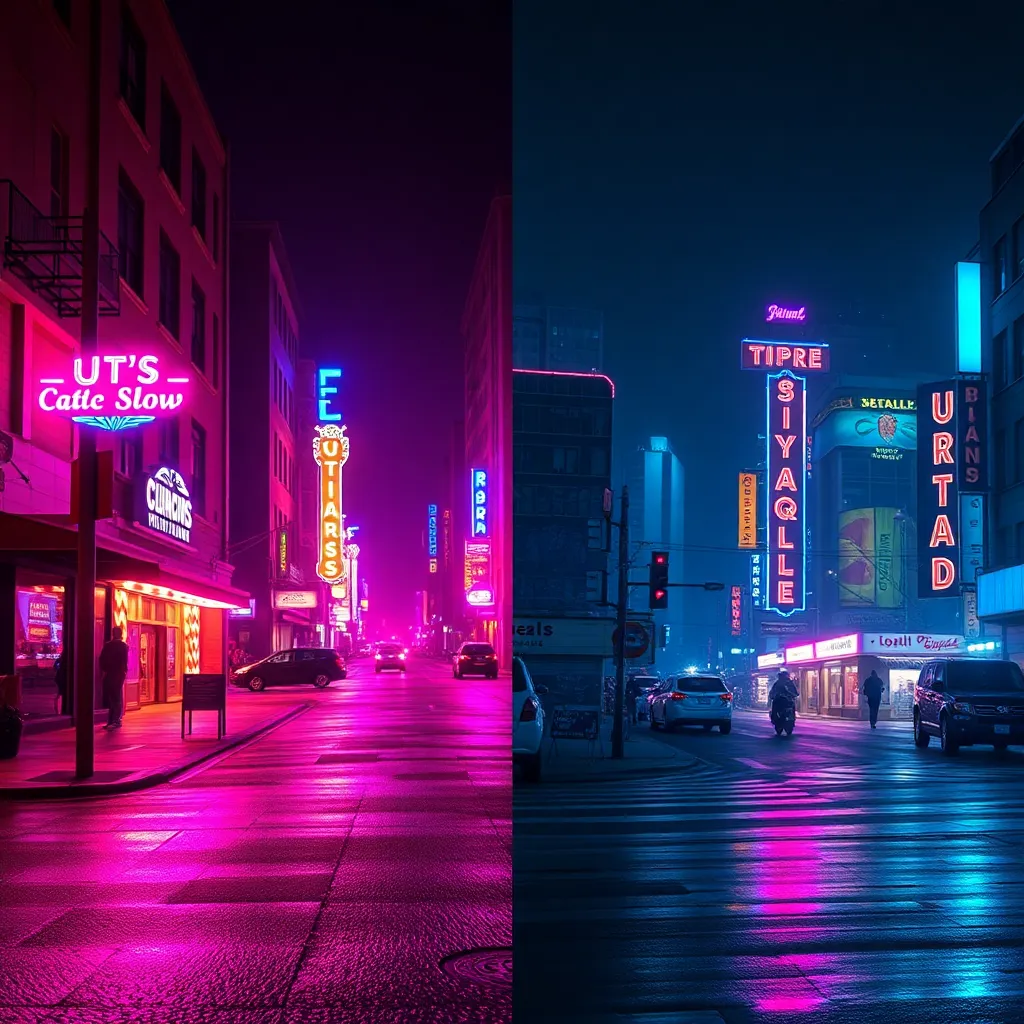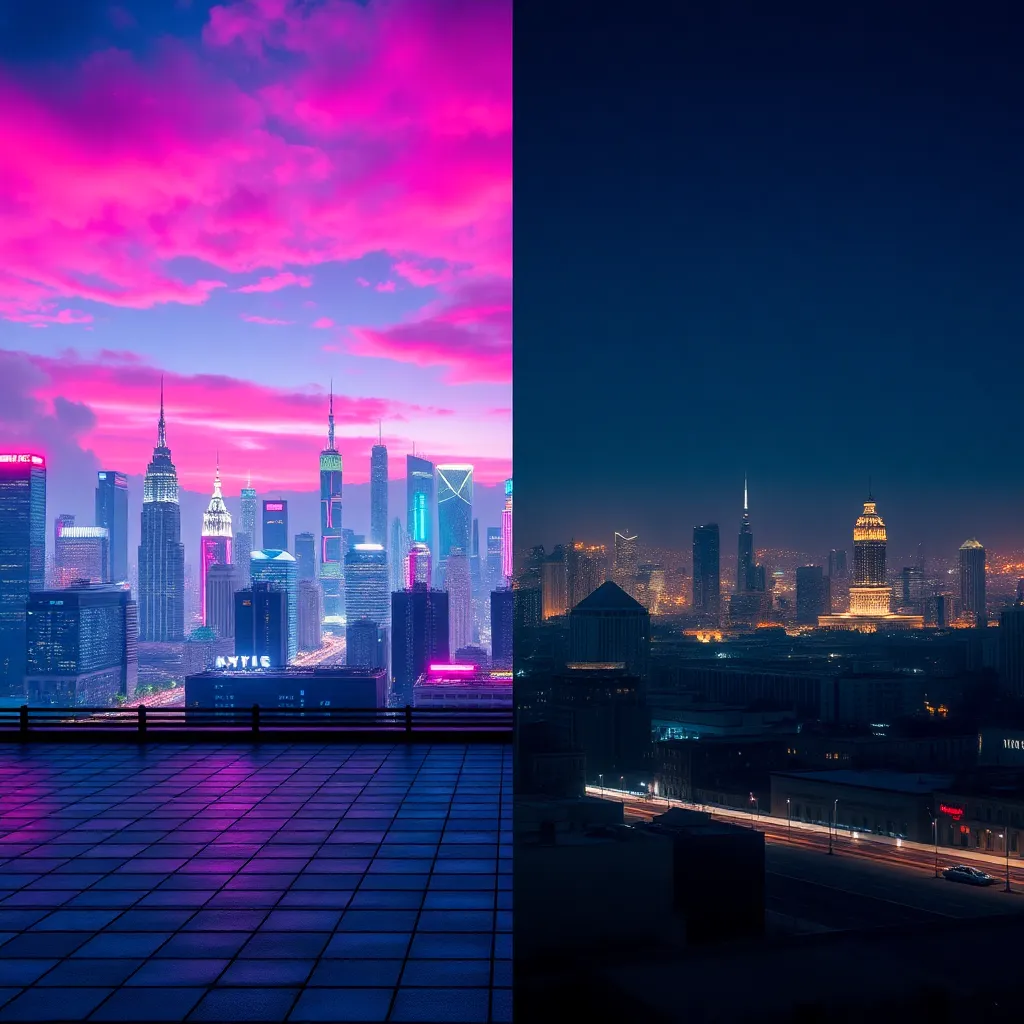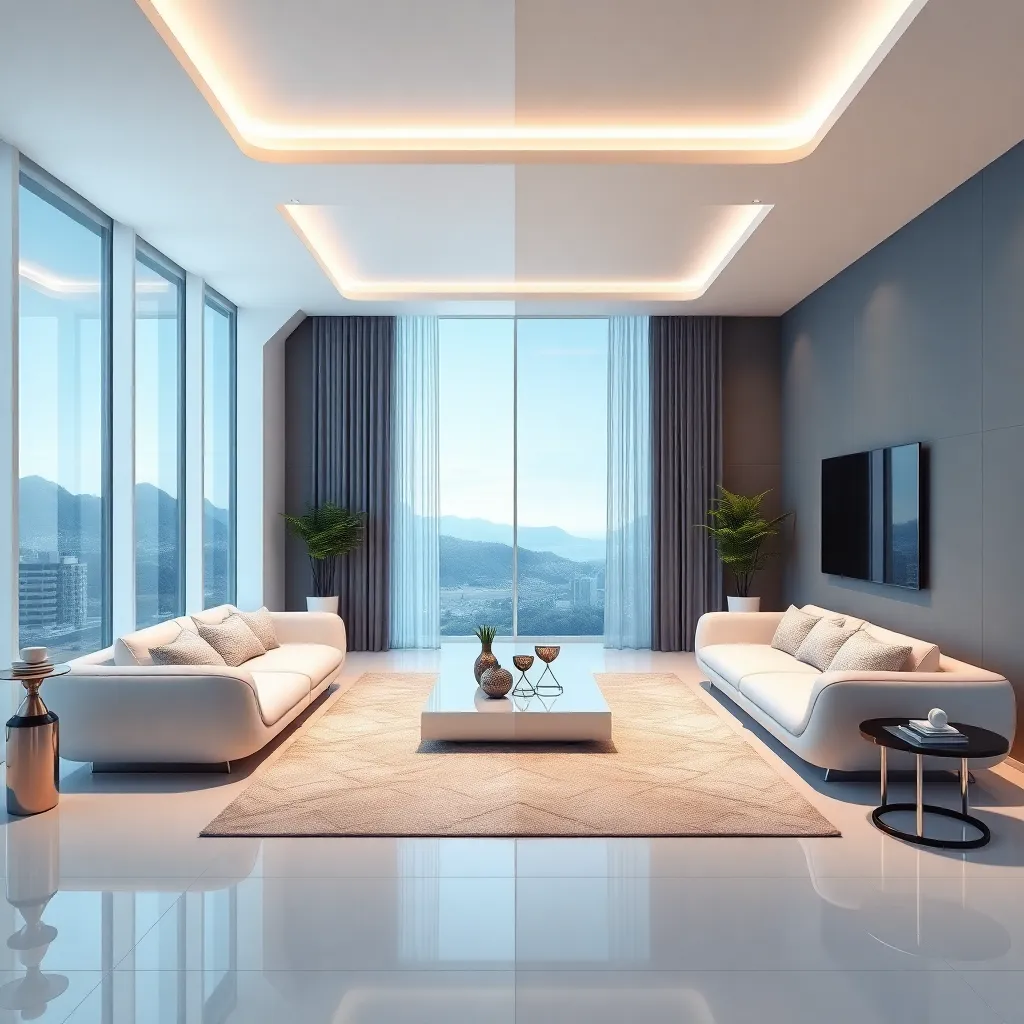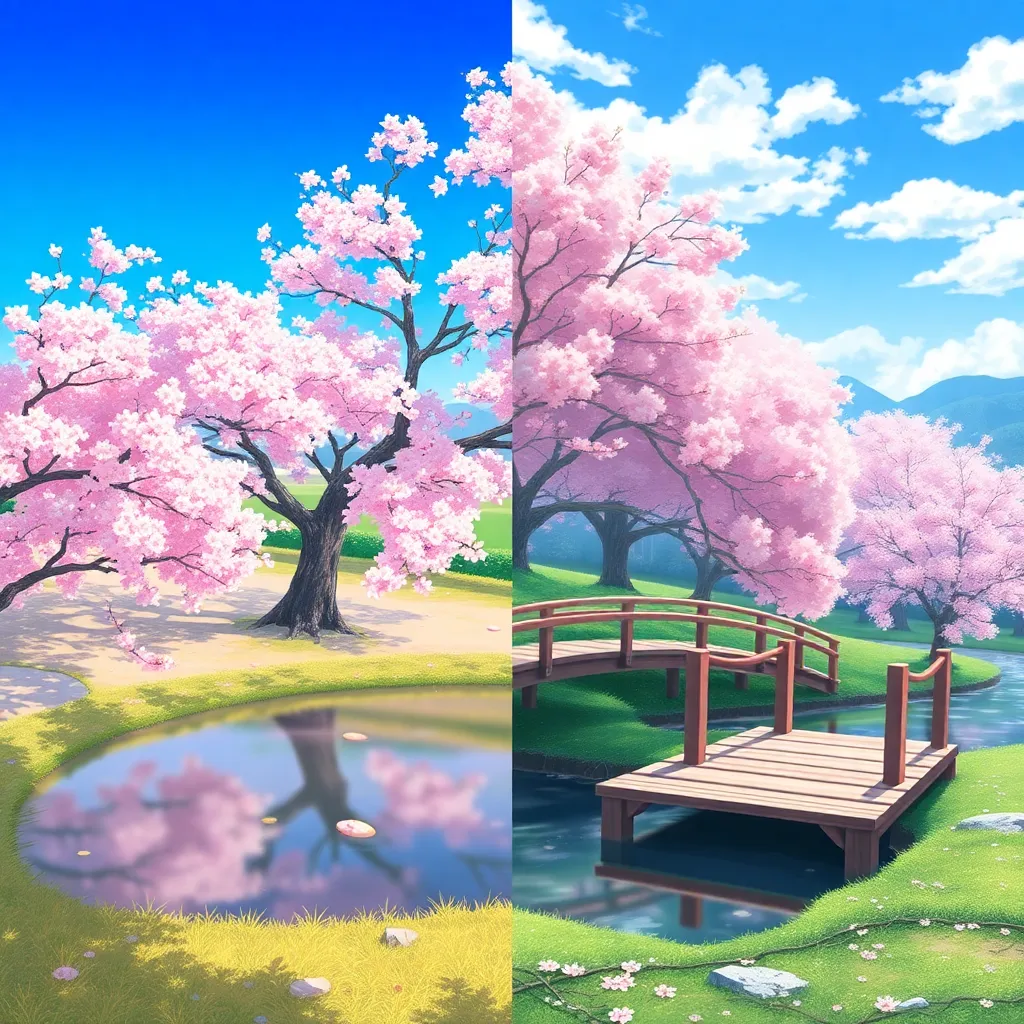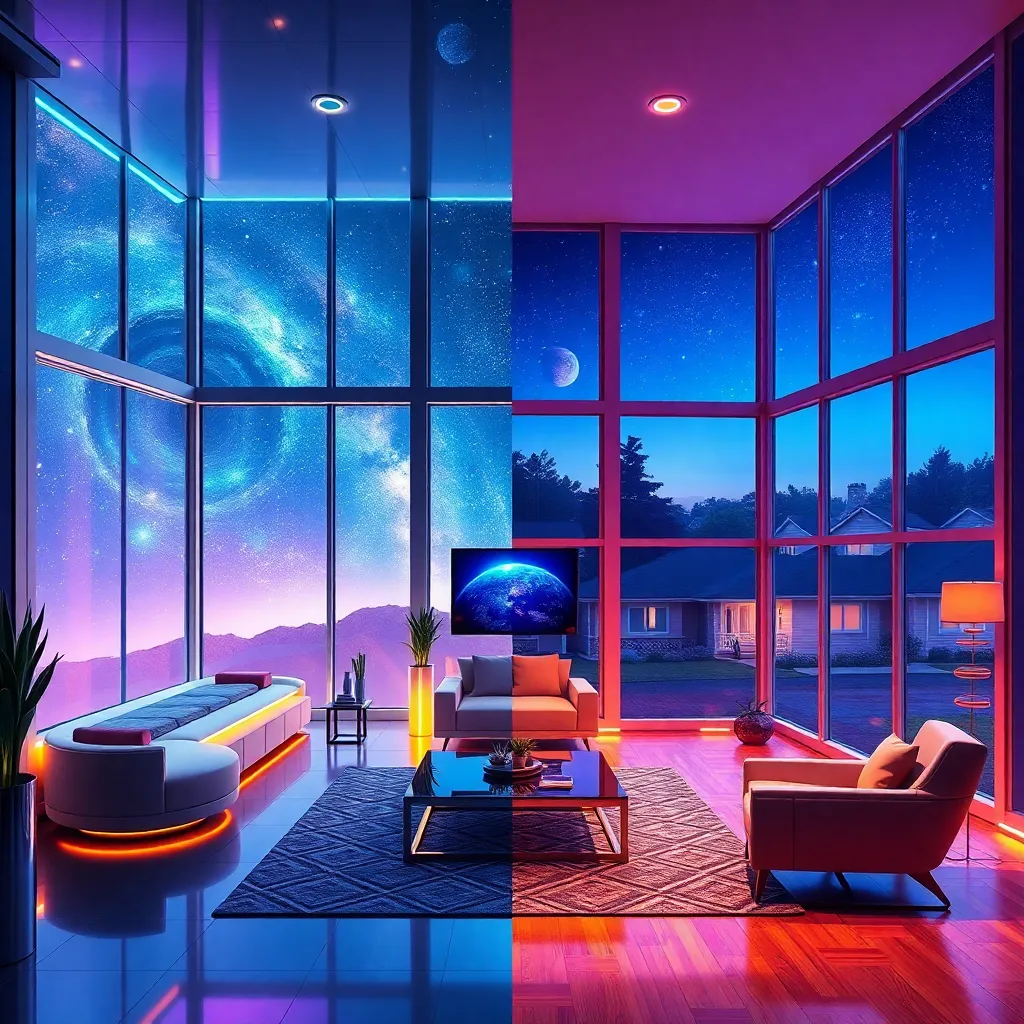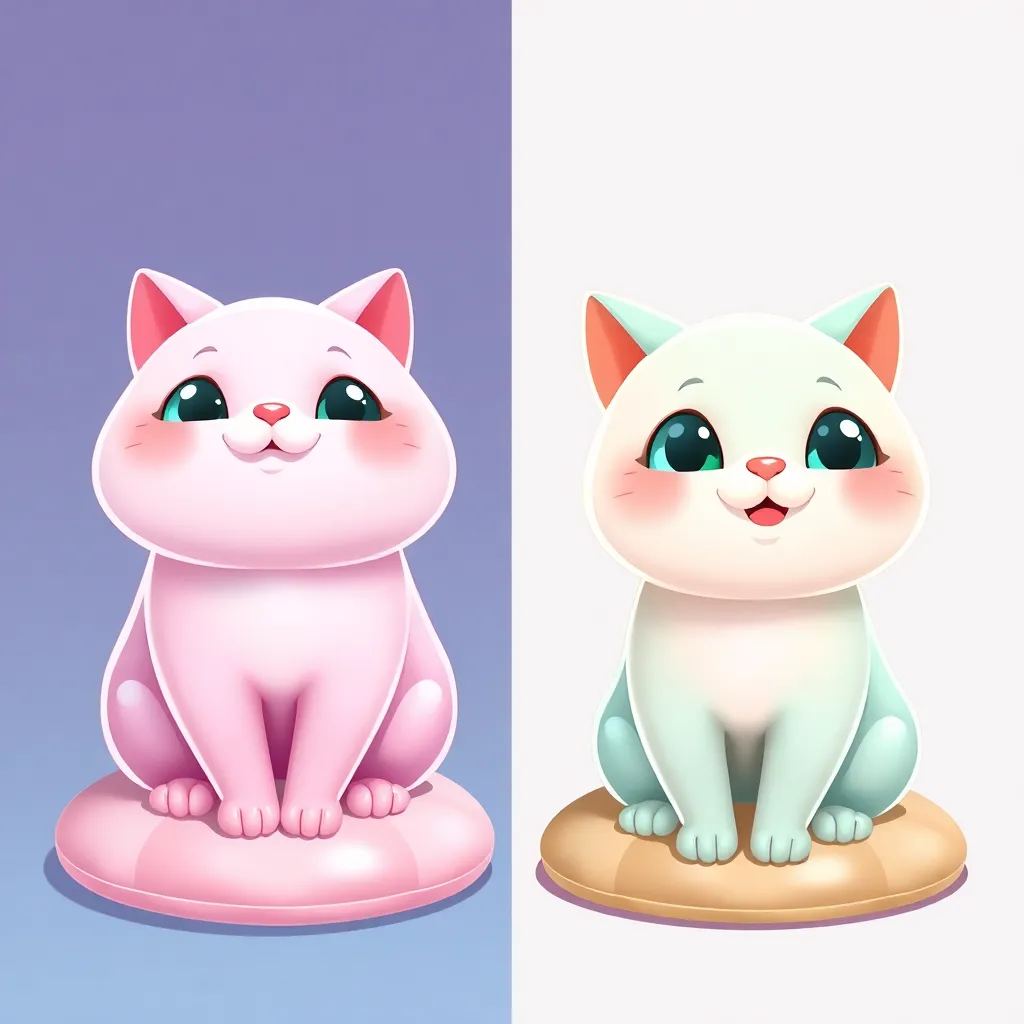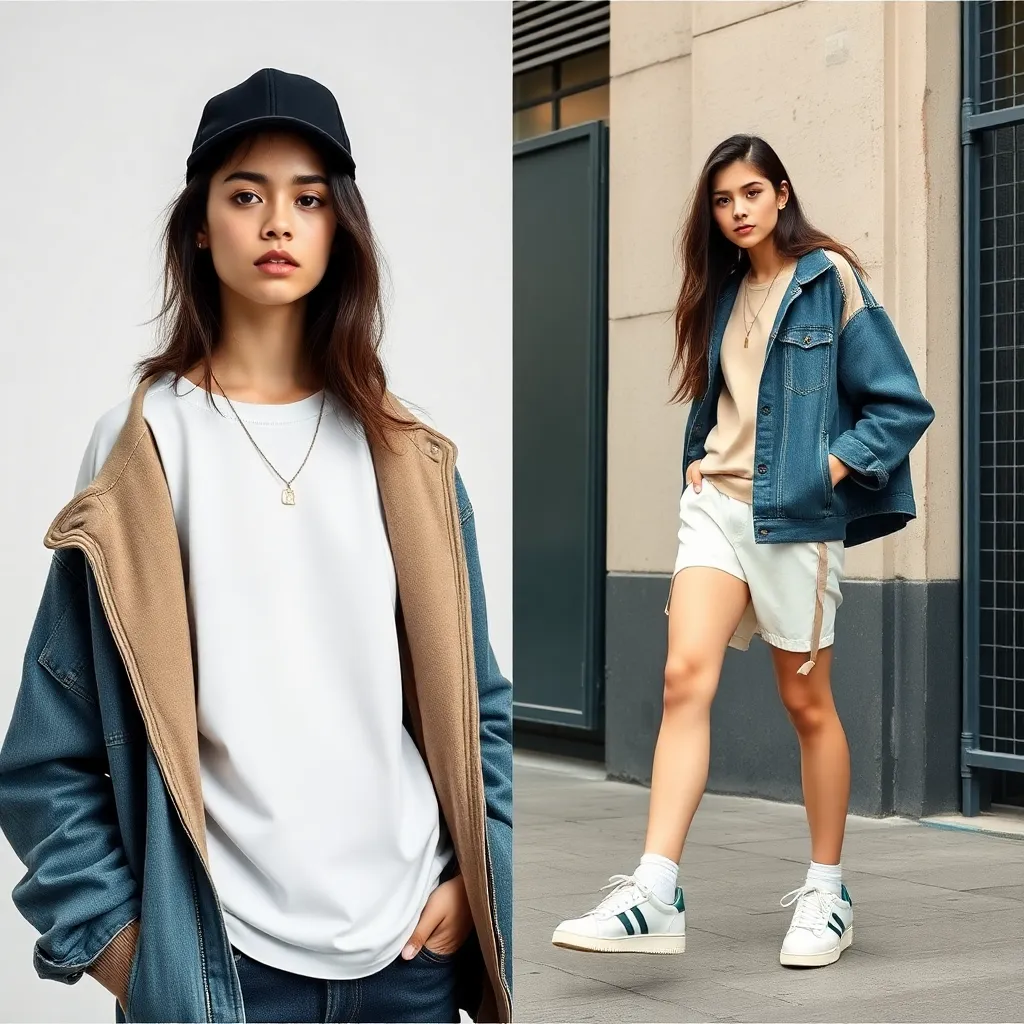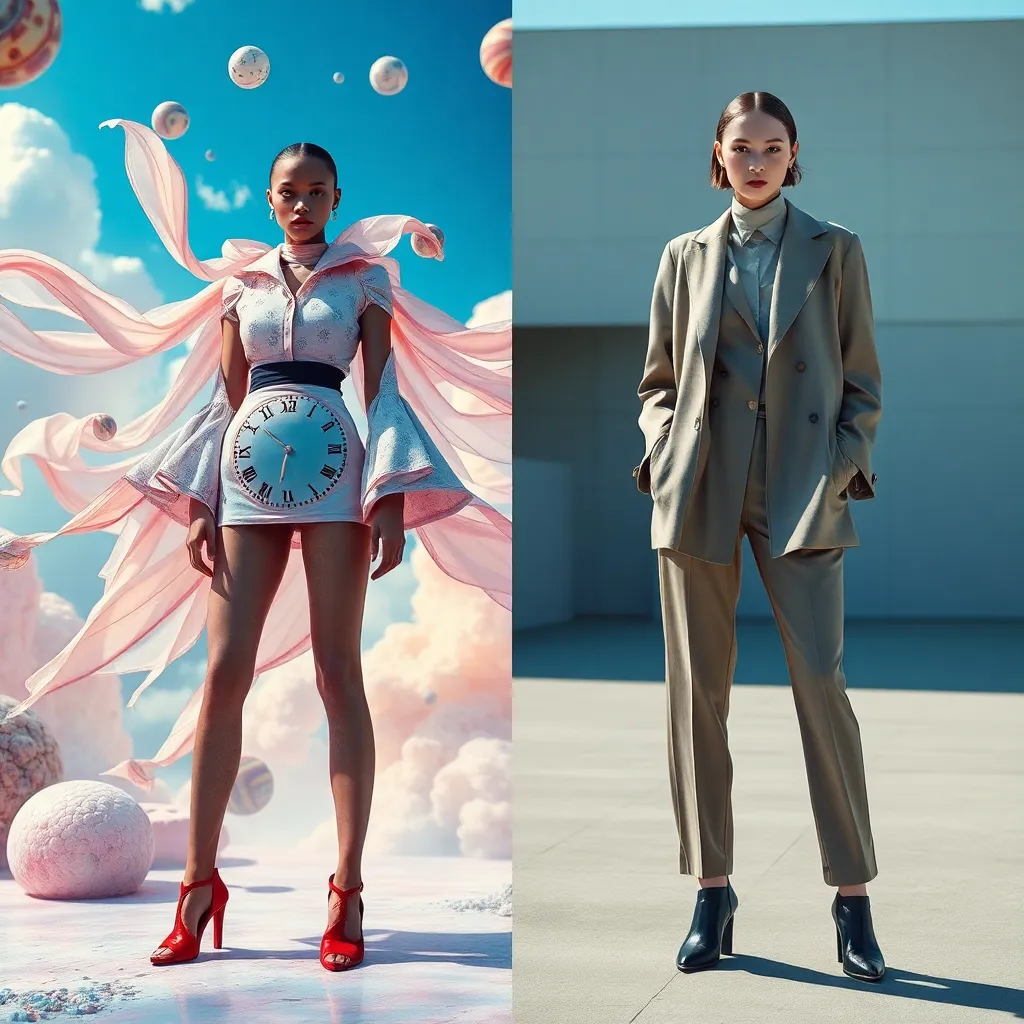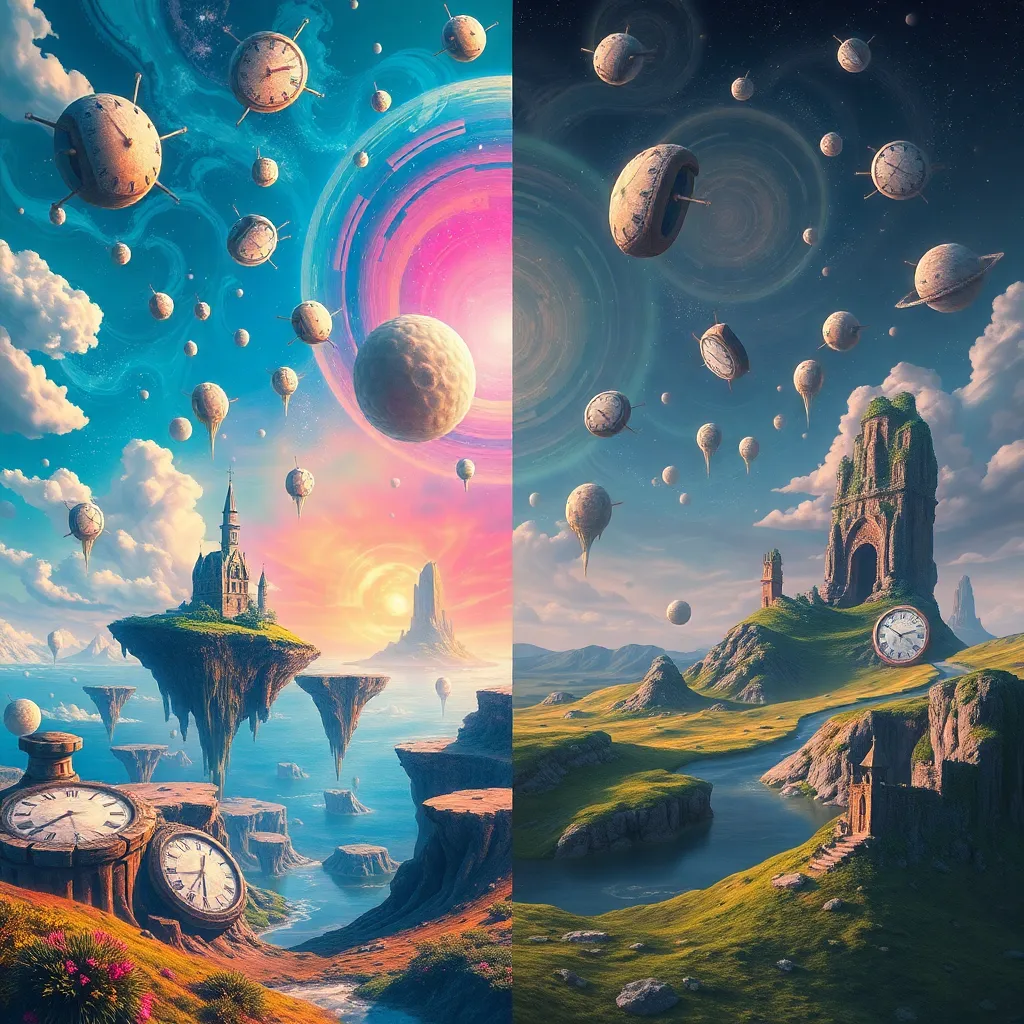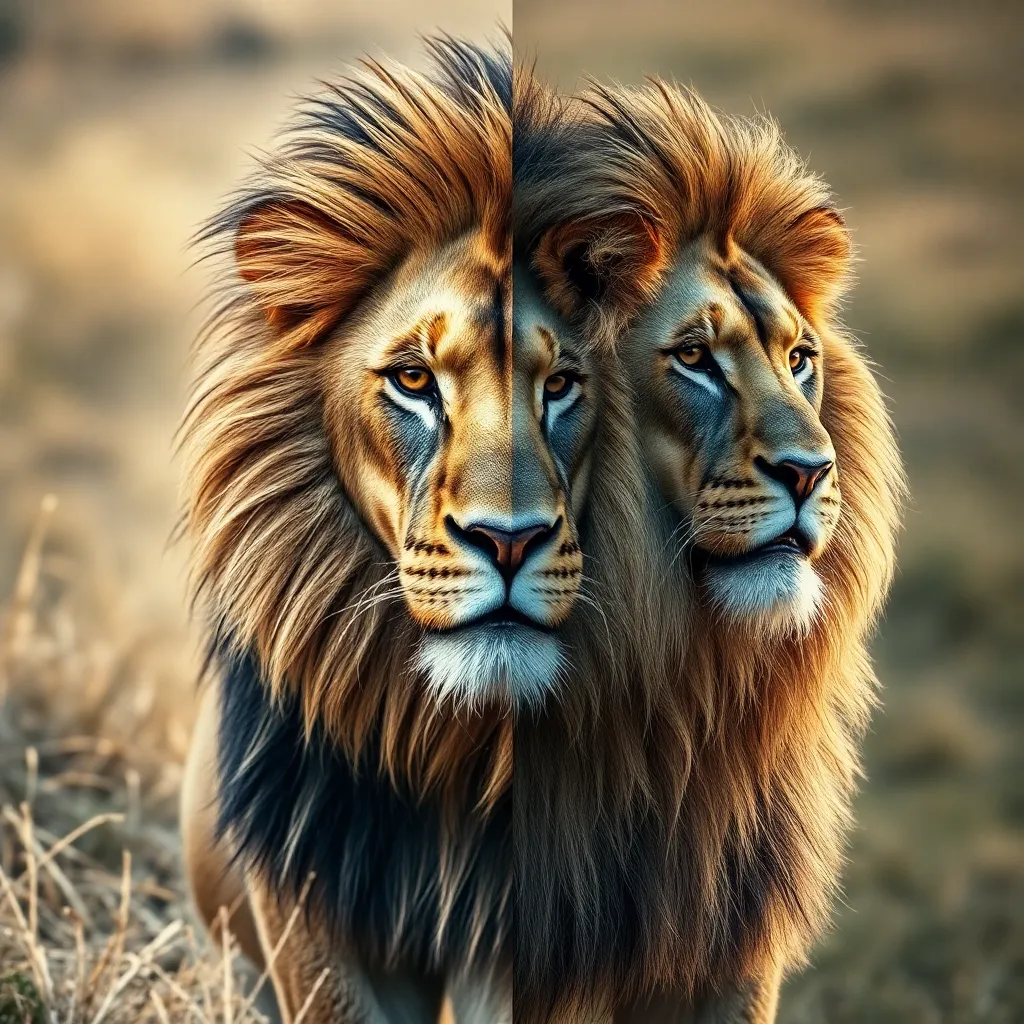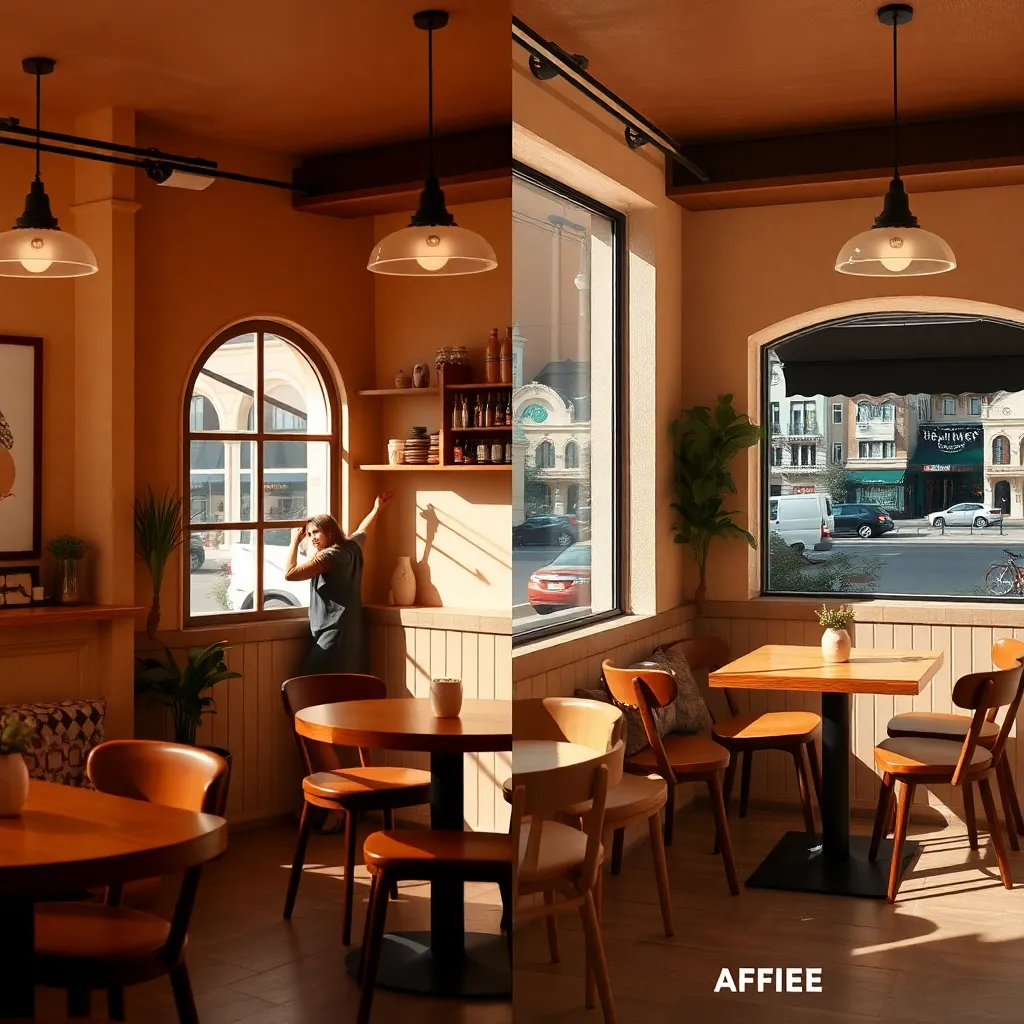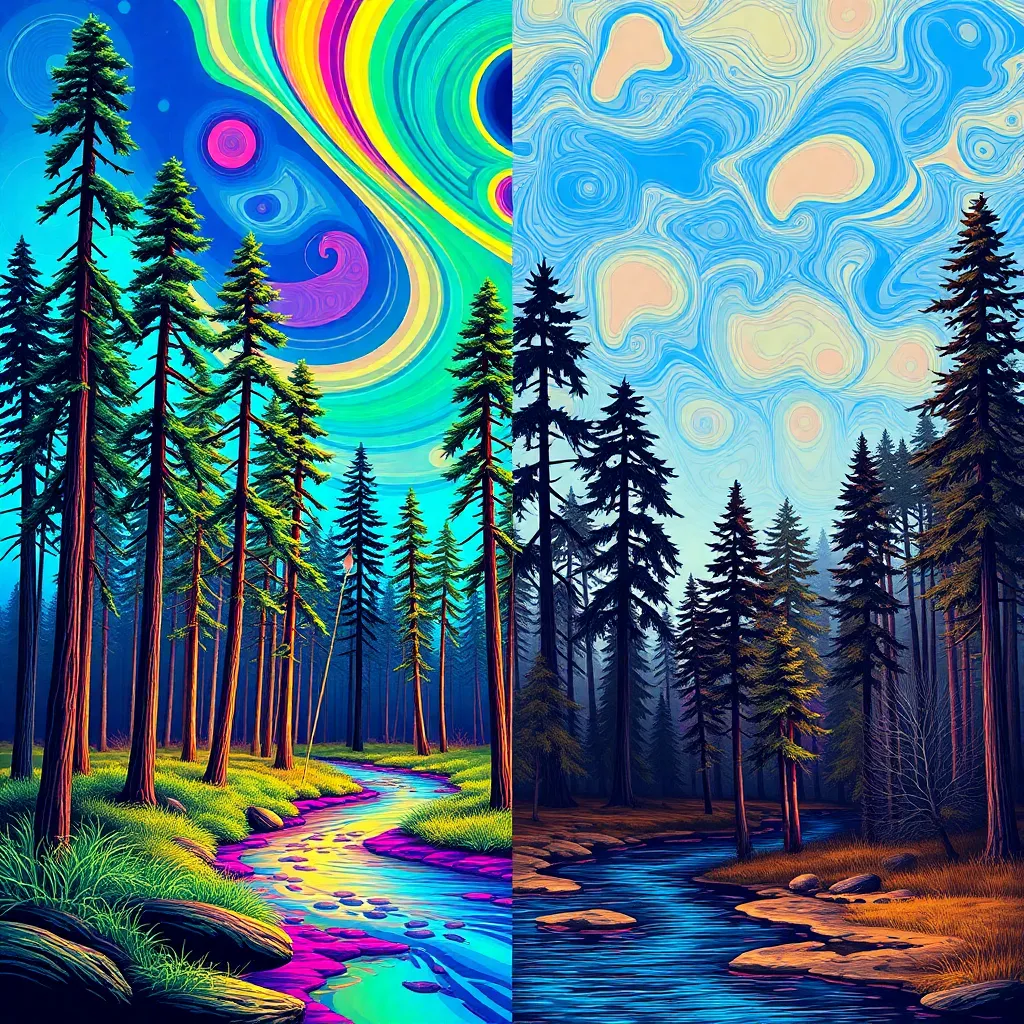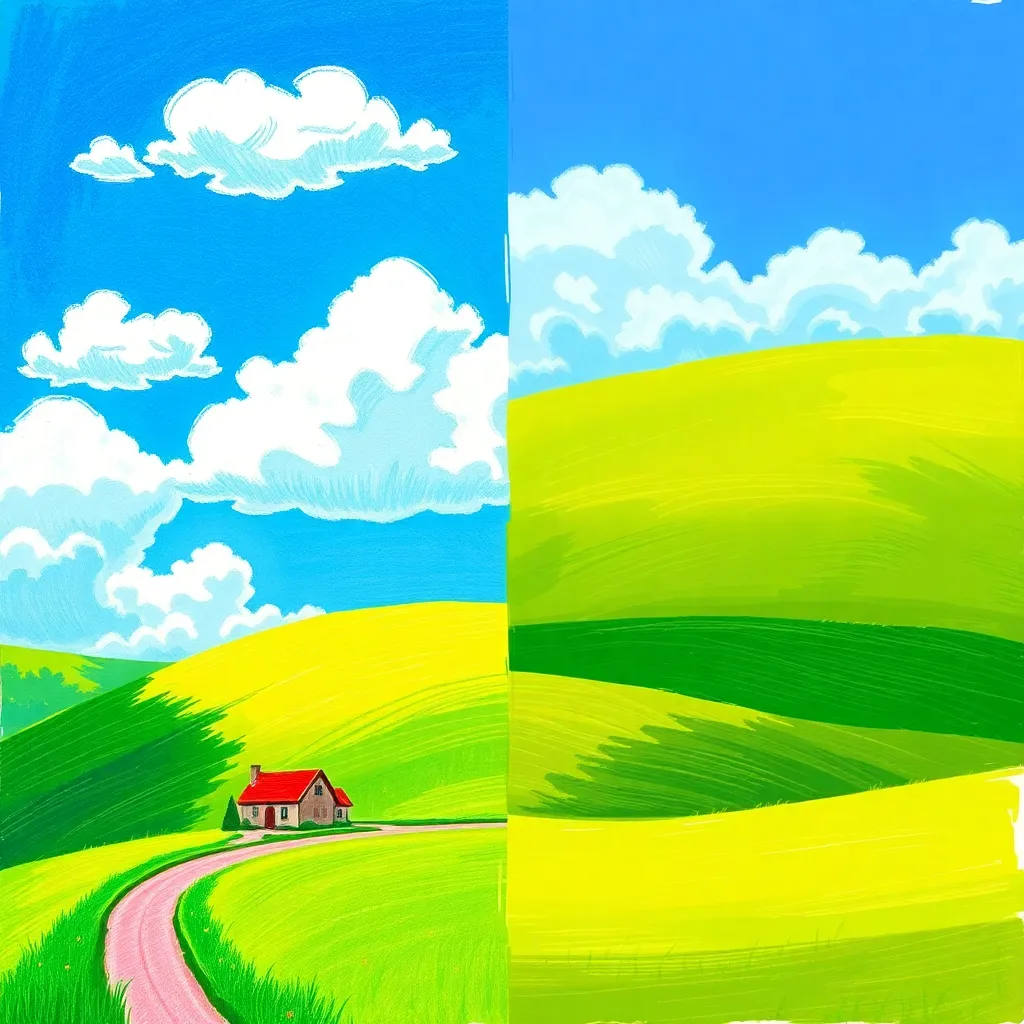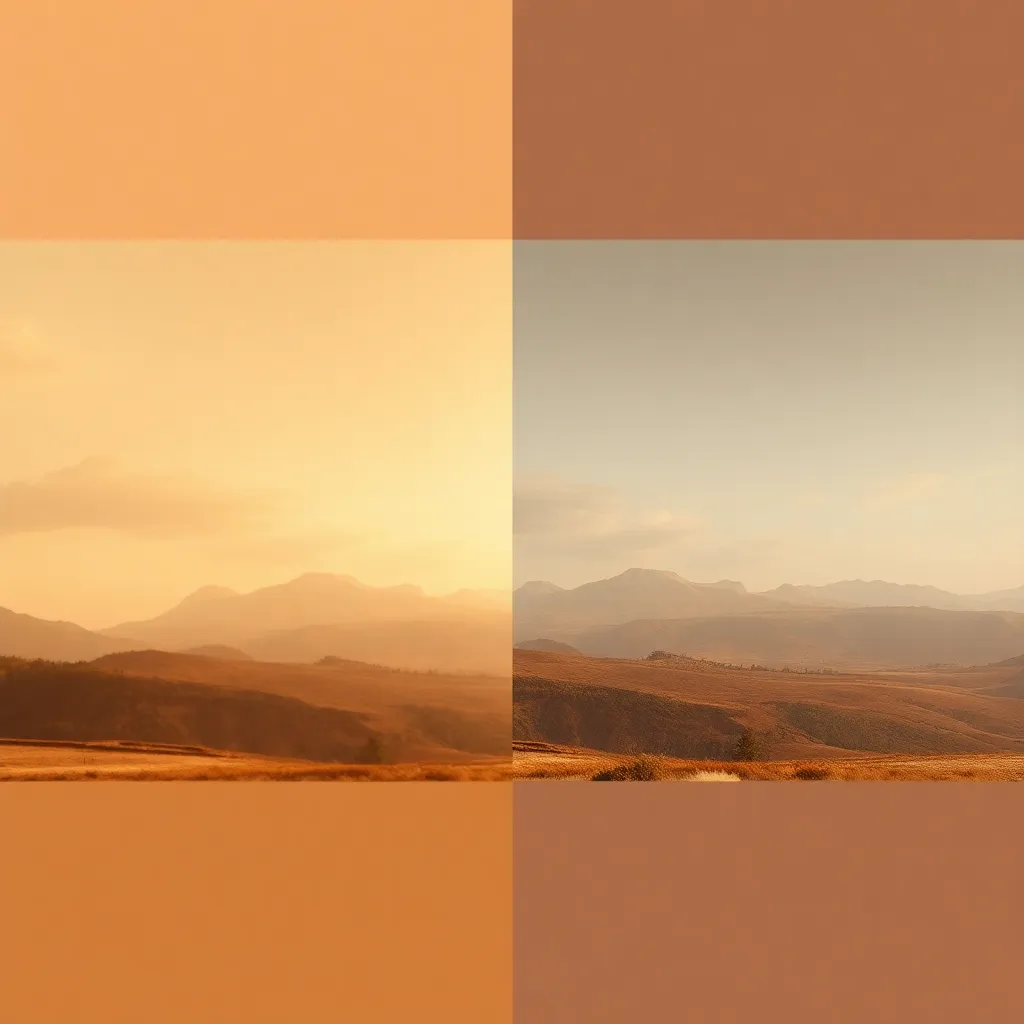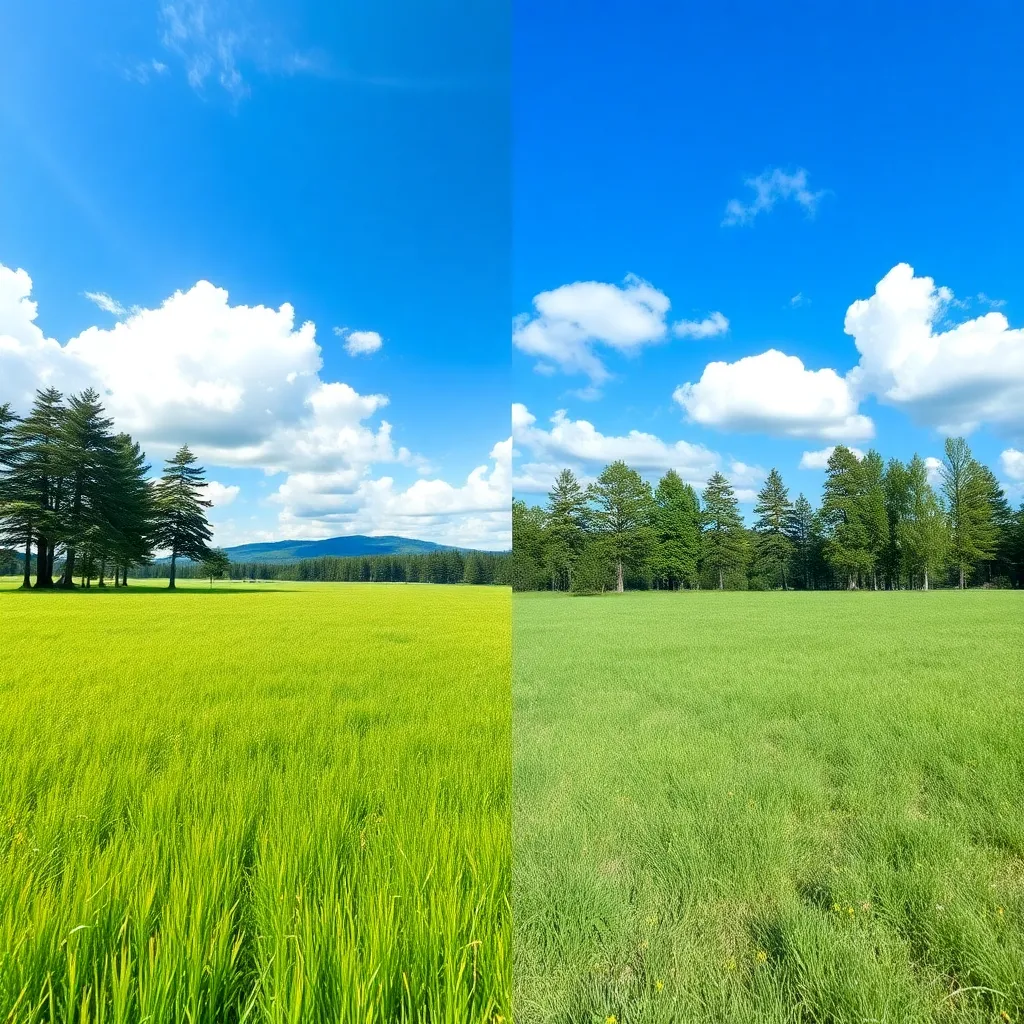What is Stationery Mockup Style? History and Description
Stationery Mockup Style refers to the artful presentation of branded stationery items—such as letterheads, business cards, envelopes, and related paper goods—within realistic, visually engaging settings. Unlike simple digital layouts or isolated product shots, this style immerses the viewer in a three-dimensional simulation, often complete with shadows, textures, and contextual props. The aim is to bridge the gap between digital design and physical product, allowing clients and stakeholders to envision how branding materials will appear in everyday use.
The concept of mockups in design dates back to the rise of desktop publishing in the 1980s and 1990s, when digital tools allowed designers to simulate print layouts before production. As technology advanced, designers began using Photoshop and 3D rendering software to create increasingly lifelike mockups. With the growth of branding and identity design, stationery mockups became an essential tool for presenting cohesive brand visuals. Today, AI and online generators have democratized this process, enabling anyone to create high-quality stationery mockup images with minimal effort.
Who is Using Stationery Mockup Style?
Stationery Mockup Style is favored by a diverse group of creative professionals and businesses:
- Graphic Designers: To showcase logo designs, branding packages, and print collateral in client presentations and portfolios.
- Branding Agencies: For pitching rebranding projects or new identity concepts with compelling, realistic visuals.
- Marketing Teams: To visualize campaign materials and ensure brand consistency across print and digital assets.
- Print Shops: To display sample products on websites or in catalogs, helping customers choose and customize stationery.
- Event Planners and Invitation Designers: For presenting invitation suites, save-the-dates, and event collateral to clients.
- Corporate Clients and Startups: To visualize company-wide stationery before committing to large print runs.
How Does Stationery Mockup Style Enhance Photos?
Stationery Mockup Style transforms ordinary design files into immersive, tactile experiences. Here’s how it enhances photos:
- Adds Realism: By mimicking real-world lighting, shadows, and materials, mockups make flat designs feel tangible and authentic. This helps clients better understand the final look and feel of their materials.
- Provides Context: Stationery mockups place designs in relatable environments—a busy desk, a marble tabletop, or a neatly arranged workspace—helping viewers imagine the items in use.
- Boosts Professionalism: High-quality mockups convey attention to detail and design expertise, making presentations more persuasive and memorable.
- Facilitates Decision-Making: Clients can compare multiple design options side by side in realistic settings, aiding the selection process and reducing uncertainty.
- Showcases Design Versatility: By displaying the same branding across different stationery items (e.g., letterhead, envelope, business card), the mockup demonstrates brand cohesion and flexibility.
- Enhances Marketing Impact: Eye-catching mockups are more likely to be shared on social media, featured in portfolios, and remembered by potential clients.
Use Cases of Stationery Mockup Style
Stationery Mockup Style is adaptable to a wide range of scenarios. Here are some detailed use cases:
1. Branding Presentation for a Startup Company
Mockups help startups visualize their brand identity across all stationery elements before printing. For example, a vibrant, modern layout on a desk gives stakeholders a clear sense of the company’s personality and professionalism.
2. Invitation Suite for a Wedding
Designers can present elegant invitation suites—including RSVP cards and envelopes—with floral patterns and delicate calligraphy. This approach helps couples imagine their invitations as guests would receive them, ensuring satisfaction with the final design.
3. Corporate Identity Package for a Law Firm
A sophisticated mockup using navy blue and gold conveys trust and expertise, essential for law firms. Arranging items on a dark wooden desk emphasizes tradition and reliability, enhancing the firm’s professional image.
4. Minimalist Stationery Set for a Creative Agency
Minimalist mockups with ample white space and geometric elements showcase a creative agency’s modern, innovative approach. The neutrality of the environment lets the design speak for itself, appealing to clients who value simplicity and clarity.
5. School Stationery Set for a Back-to-School Campaign
Bright, playful mockups with doodles and bold colors energize back-to-school campaigns. By including familiar school supplies, the presentation resonates with both students and parents, making the campaign more relatable and effective.
6. Luxury Stationery for a High-End Boutique Hotel
Opulent mockups with gold foil, jewel tones, and marble settings communicate exclusivity and elegance. These visuals assure boutique hotel clients that every detail, including stationery, reflects the brand’s luxurious standards.
Pro Tips and Conclusion
1. Use High-Resolution Images: Crisp, detailed mockups impress clients and are suitable for both print and digital use. Always export at the highest quality possible.
2. Match Context to Brand: Choose backgrounds and props that reinforce the brand’s story—wood for tradition, marble for luxury, playful items for youth brands.
3. Maintain Consistency: Present all stationery elements using the same lighting, angles, and color corrections to ensure a unified look.
4. Experiment with Angles and Layouts: Try flat lays, perspective shots, and close-ups to showcase different design details and textures.
5. Keep It Realistic: Pay attention to shadows, reflections, and natural imperfections—subtle touches that make mockups believable.
Conclusion:
Stationery Mockup Style is an indispensable tool in modern design, branding, and marketing. By transforming digital designs into immersive, realistic visuals, it bridges the gap between concept and reality. Whether you’re pitching to clients, building a portfolio, or launching a new campaign, this style enhances professionalism, boosts confidence, and leaves a lasting impression. With easy-to-use tools and AI generators, anyone can elevate their stationery presentations to the next level.
